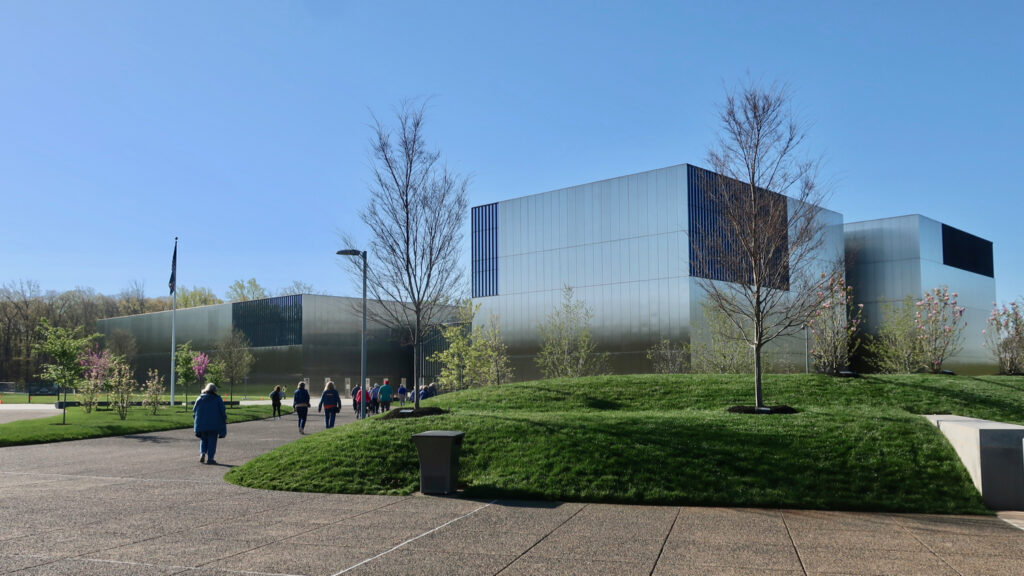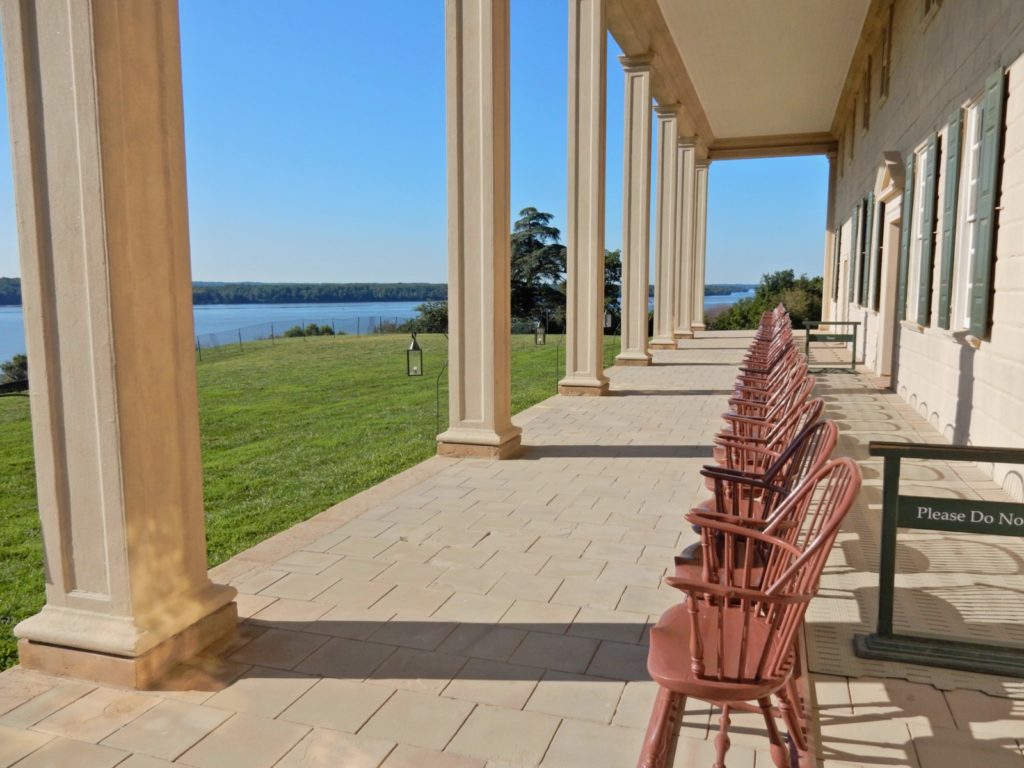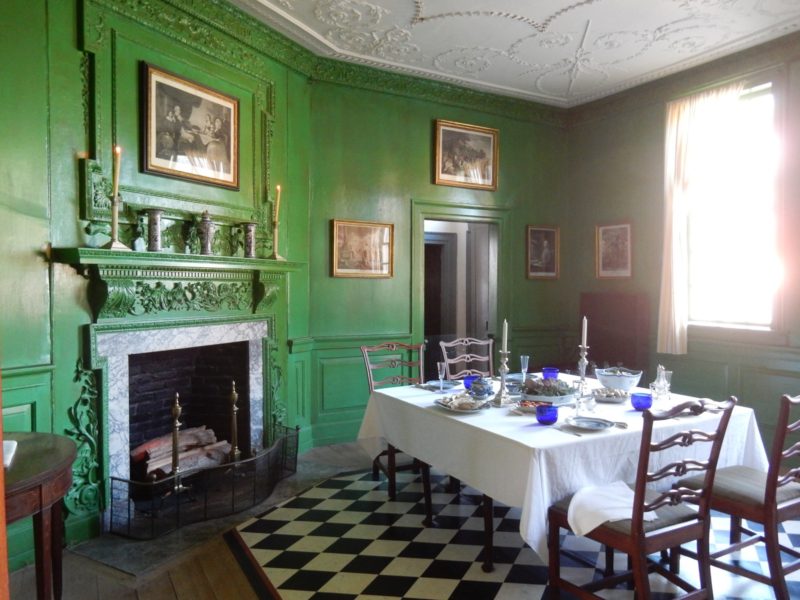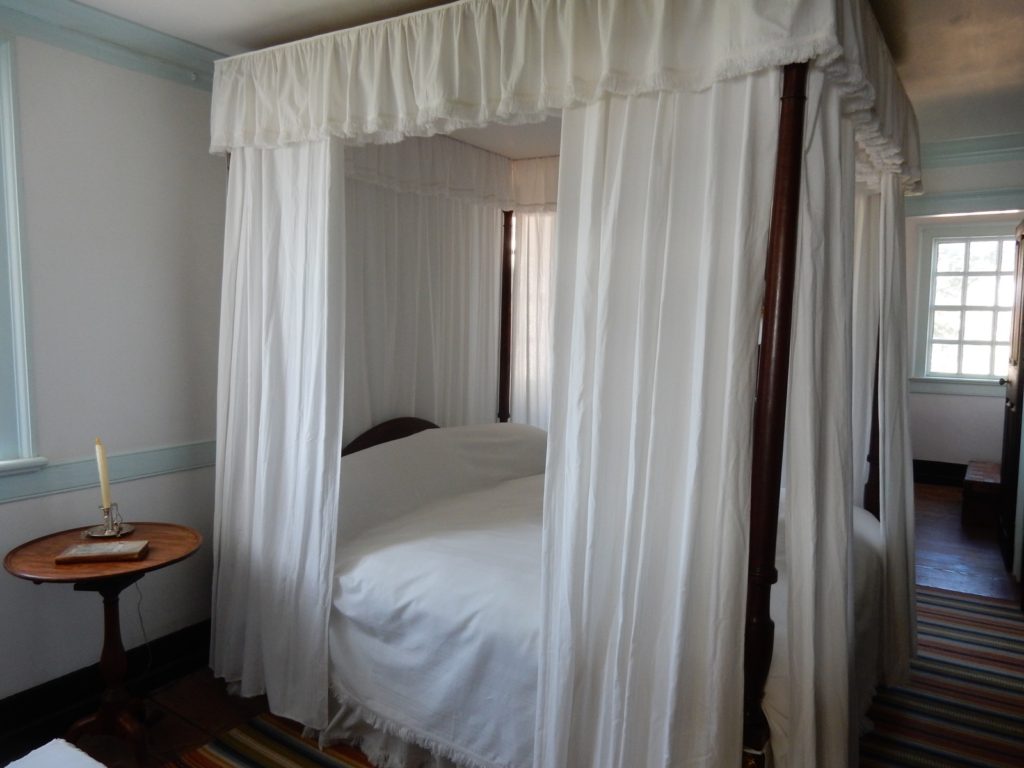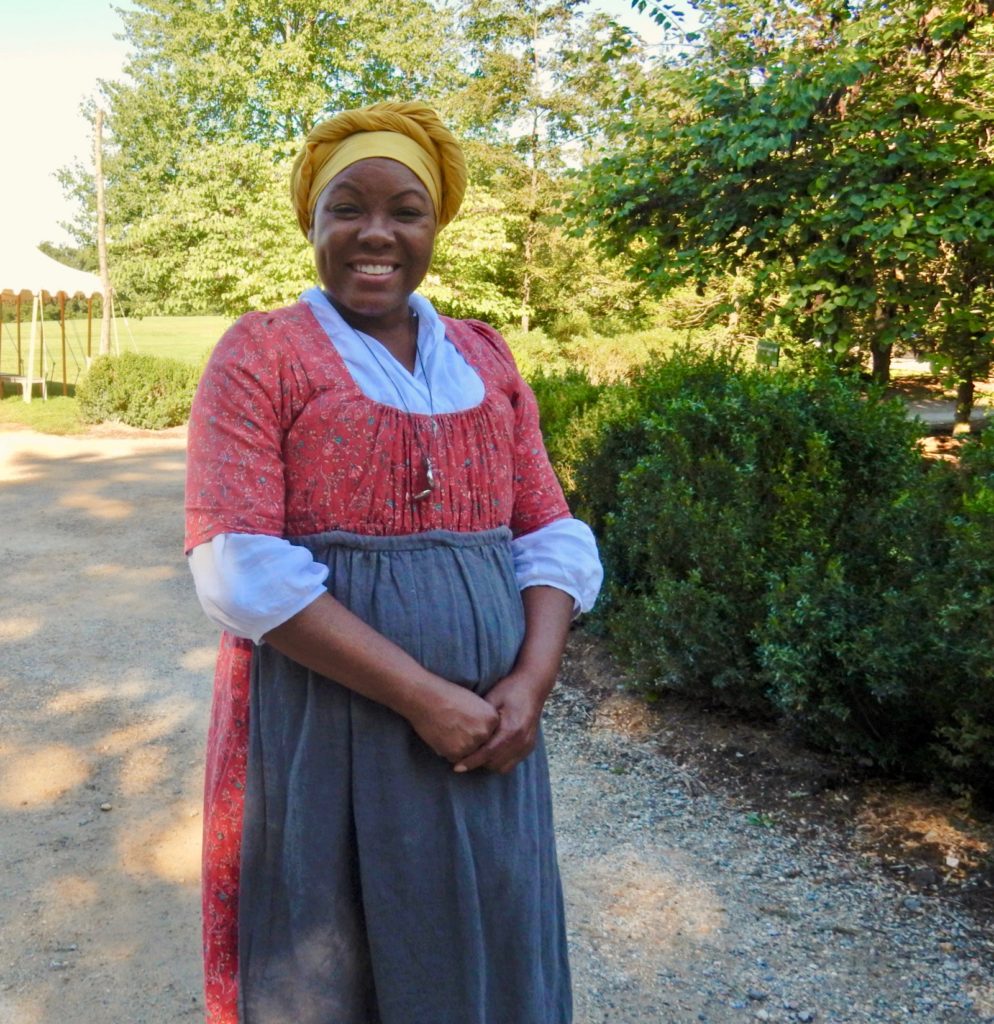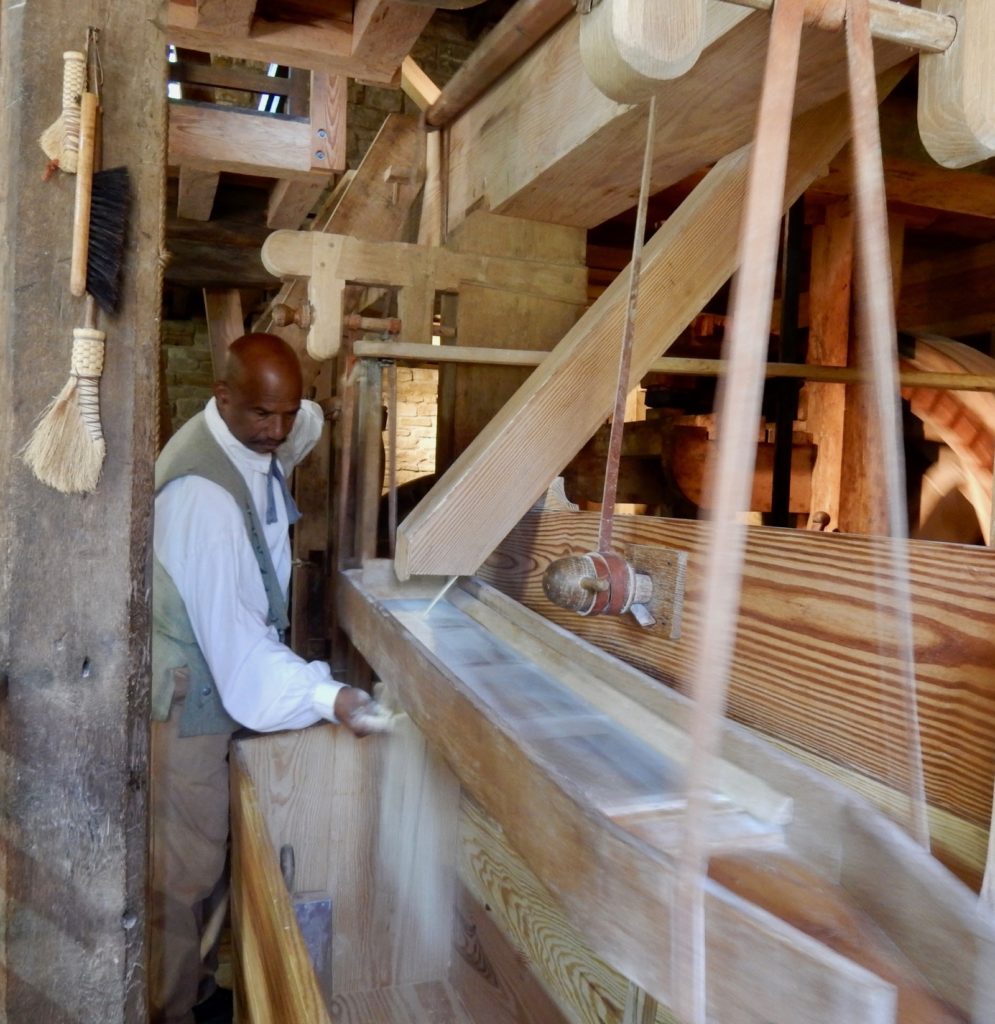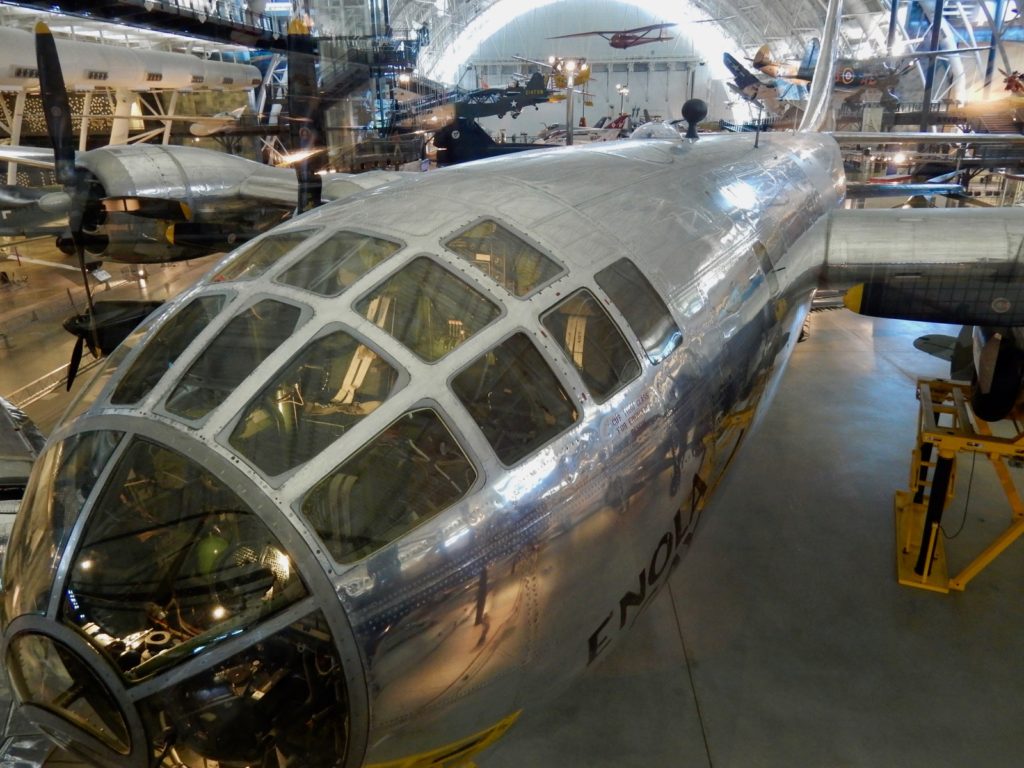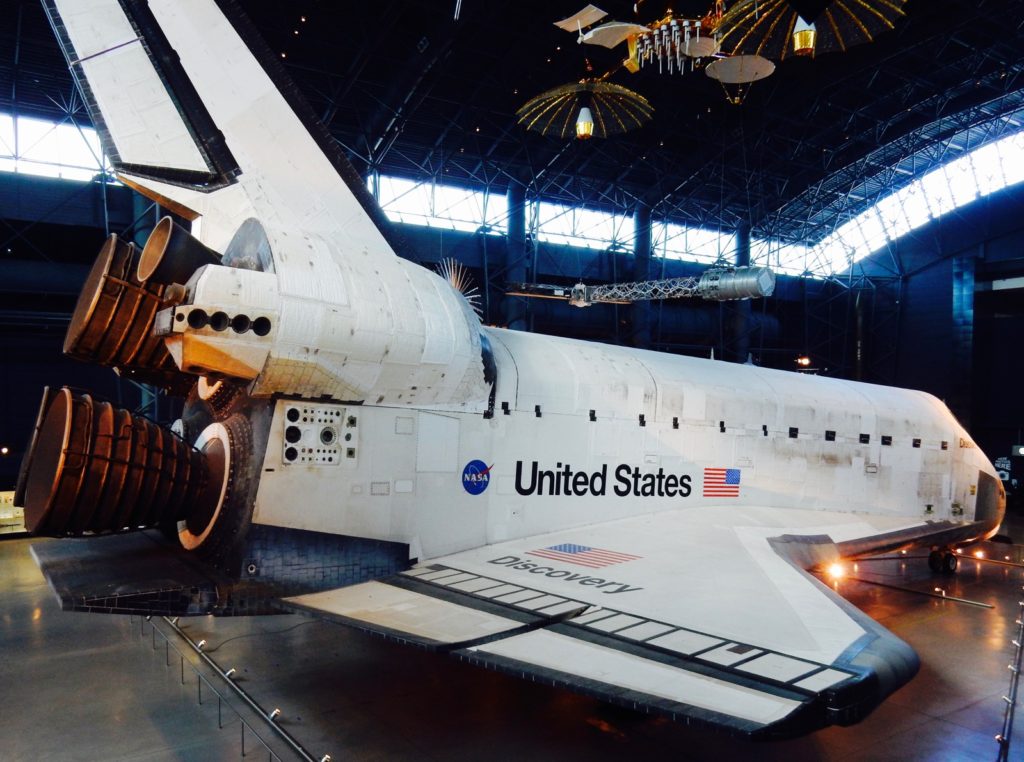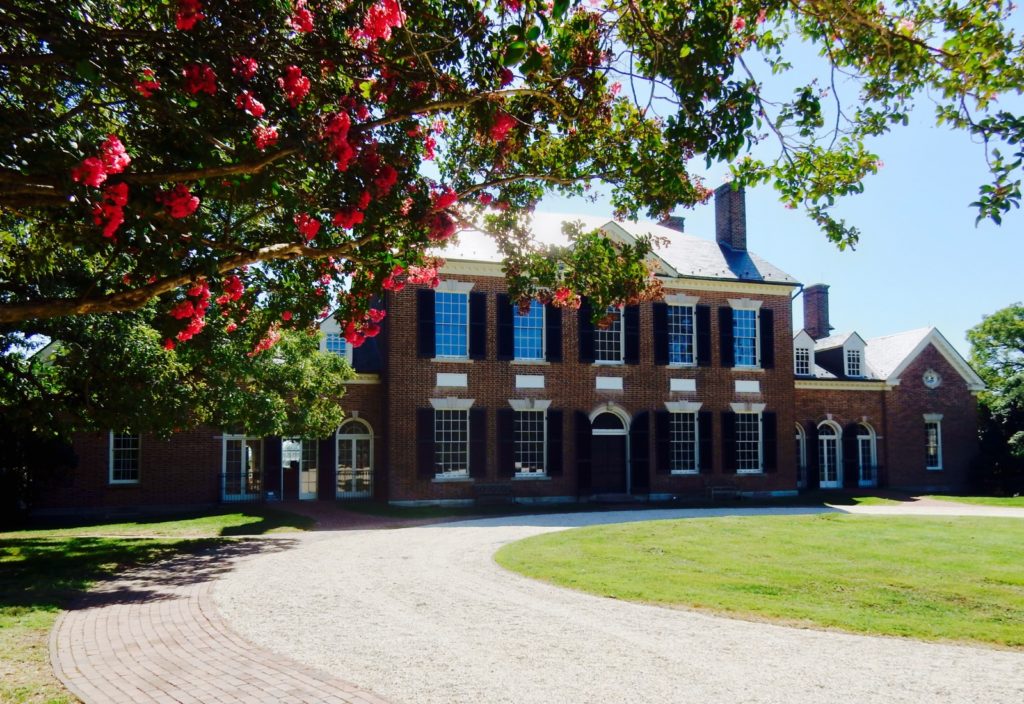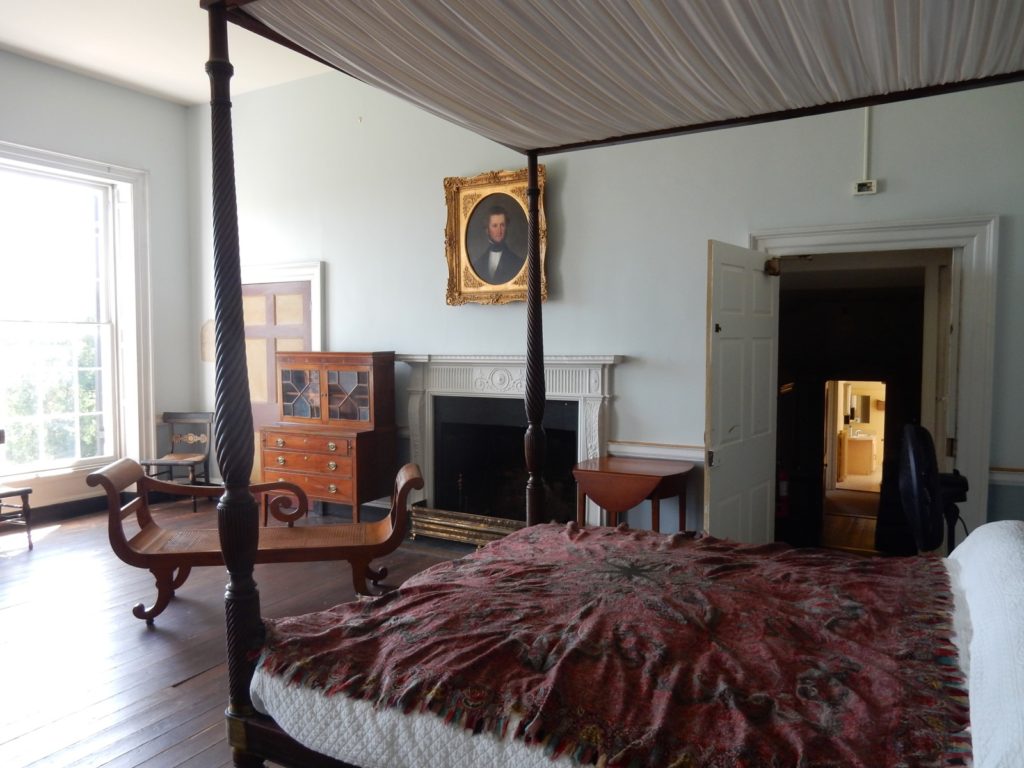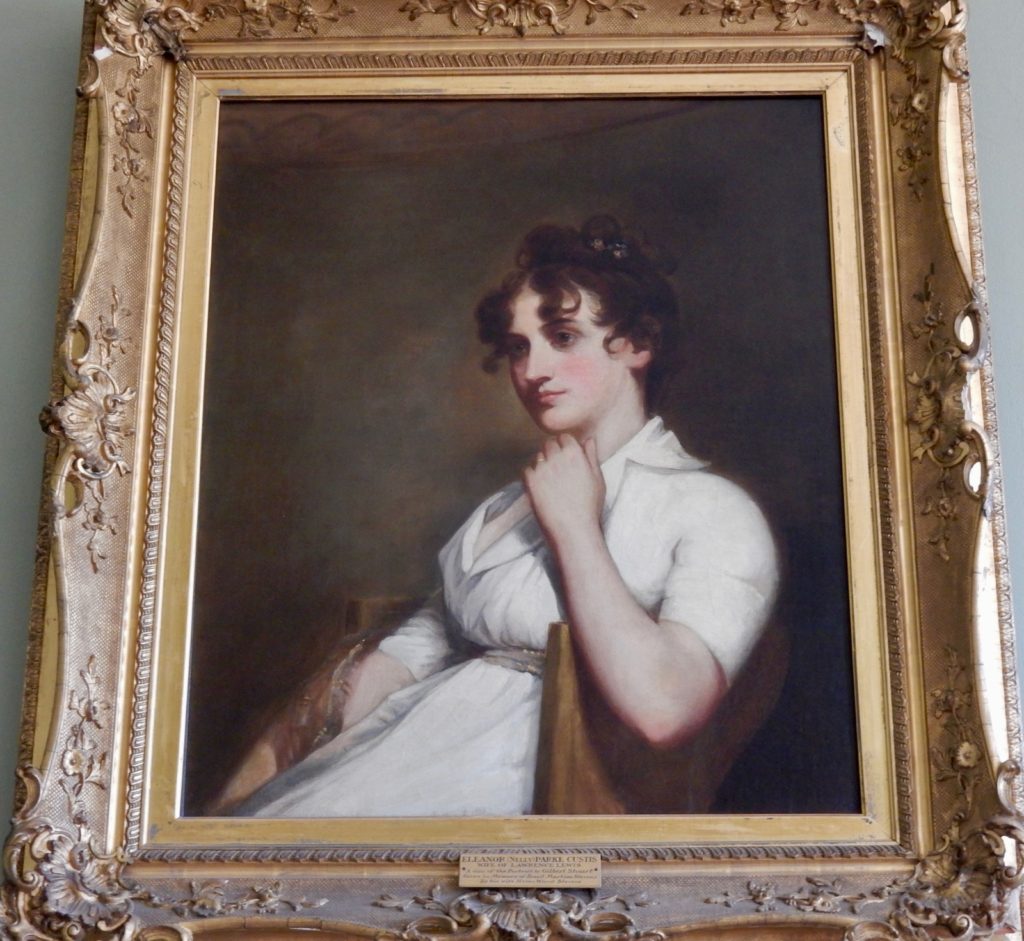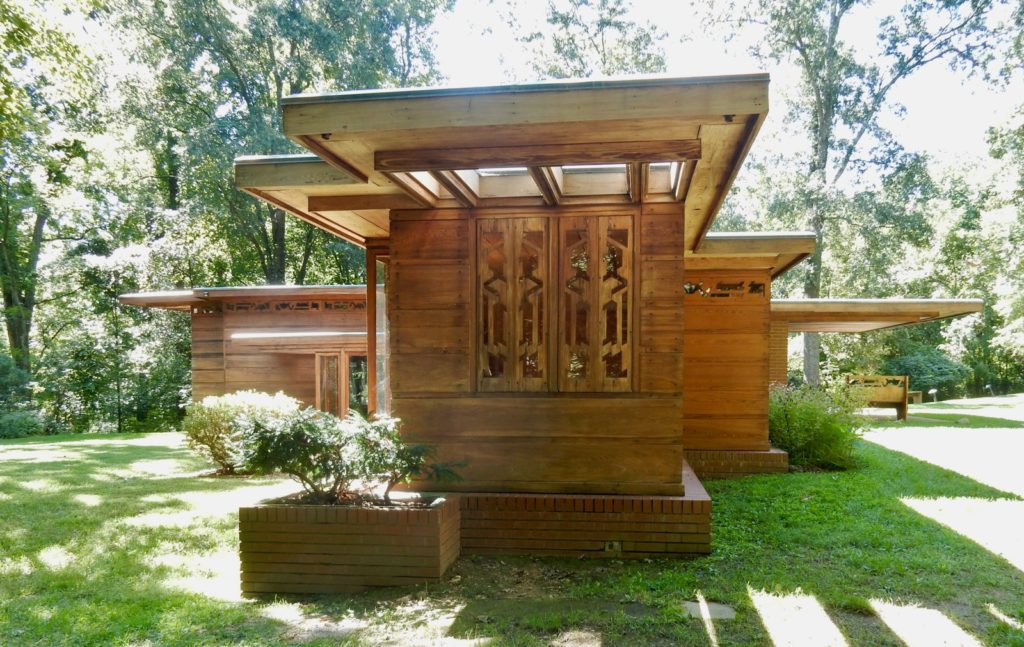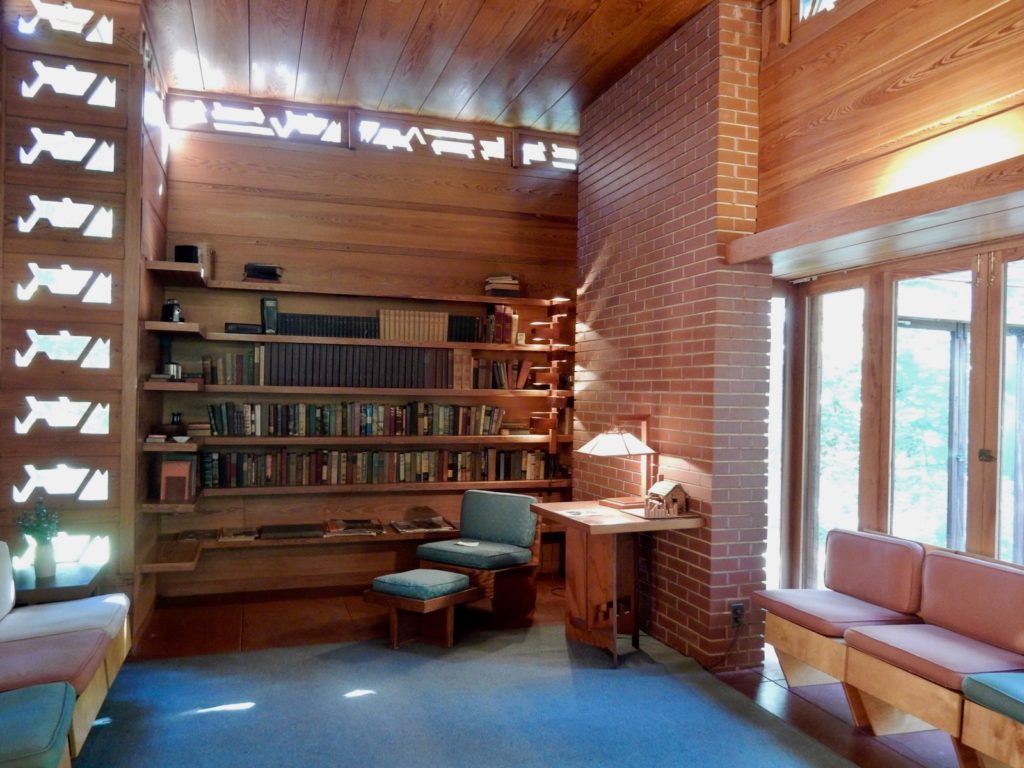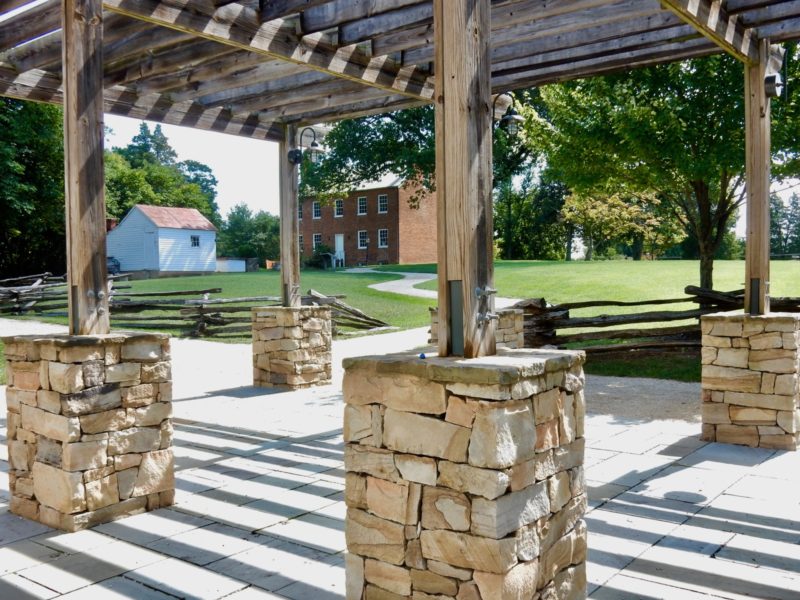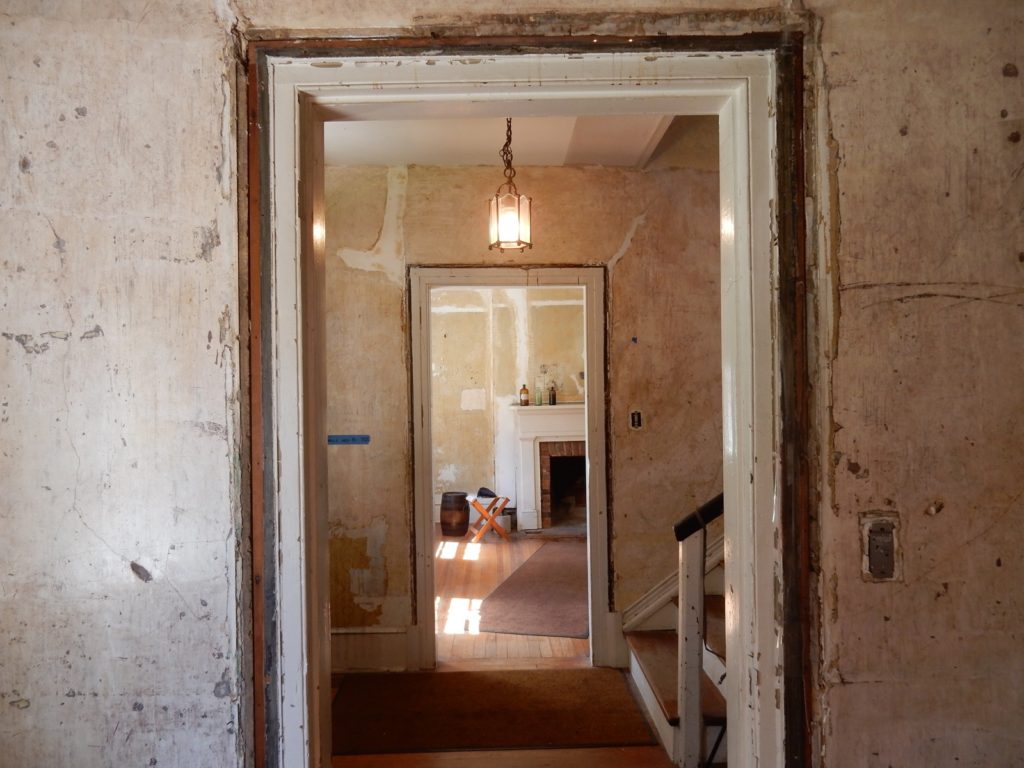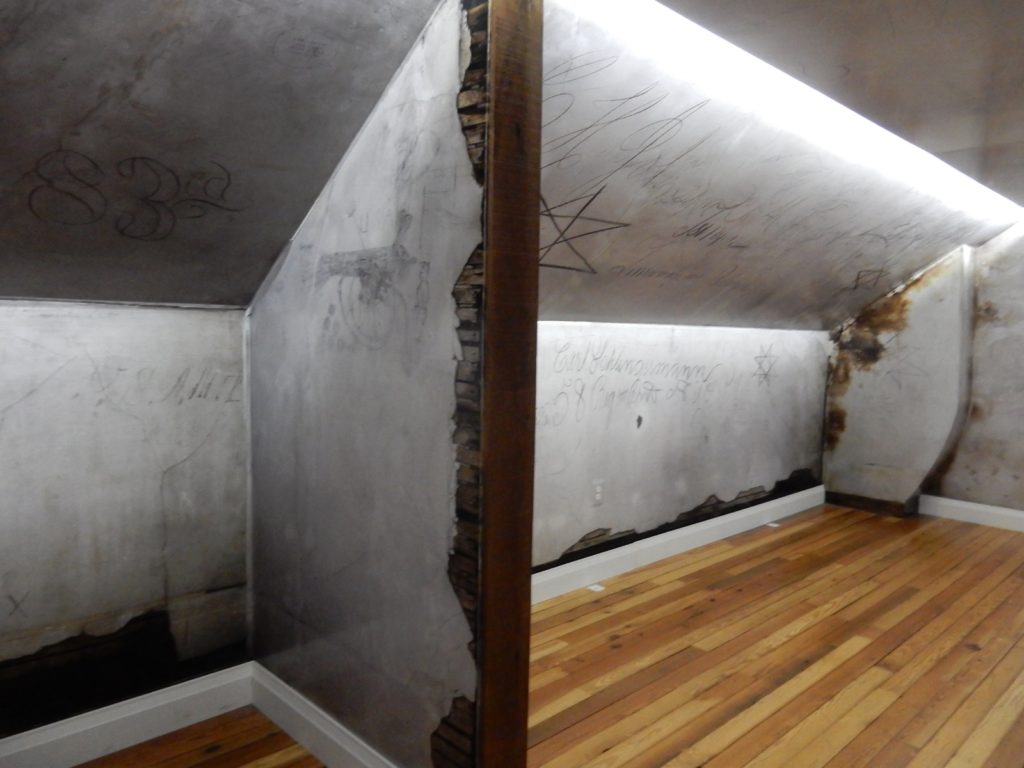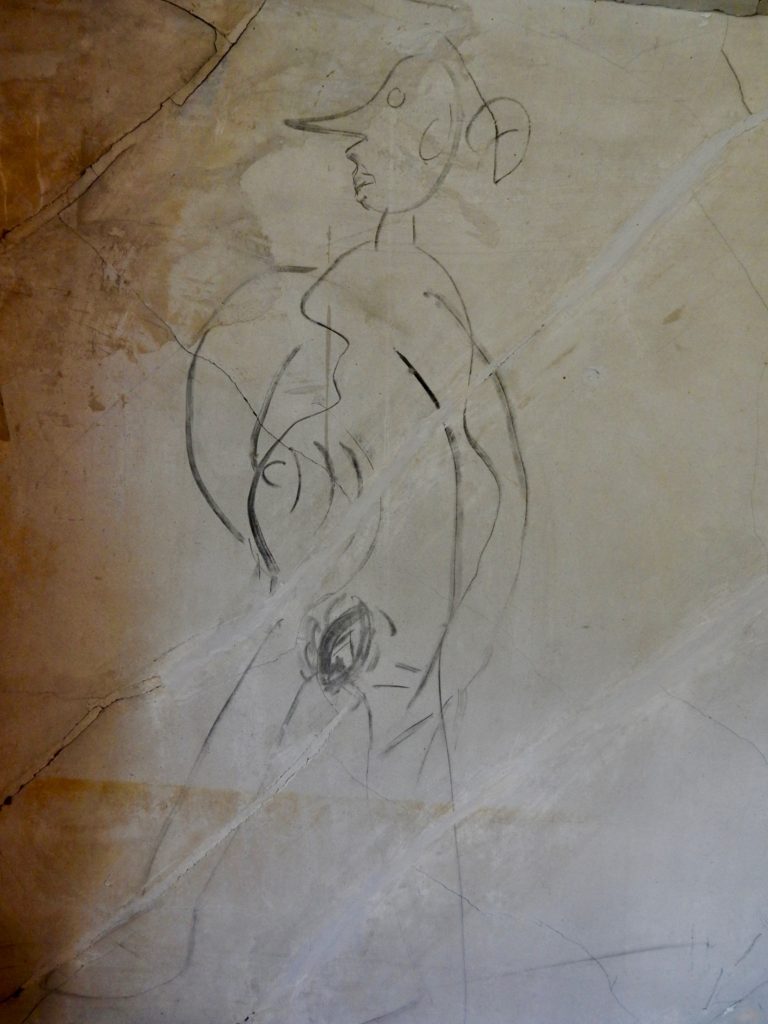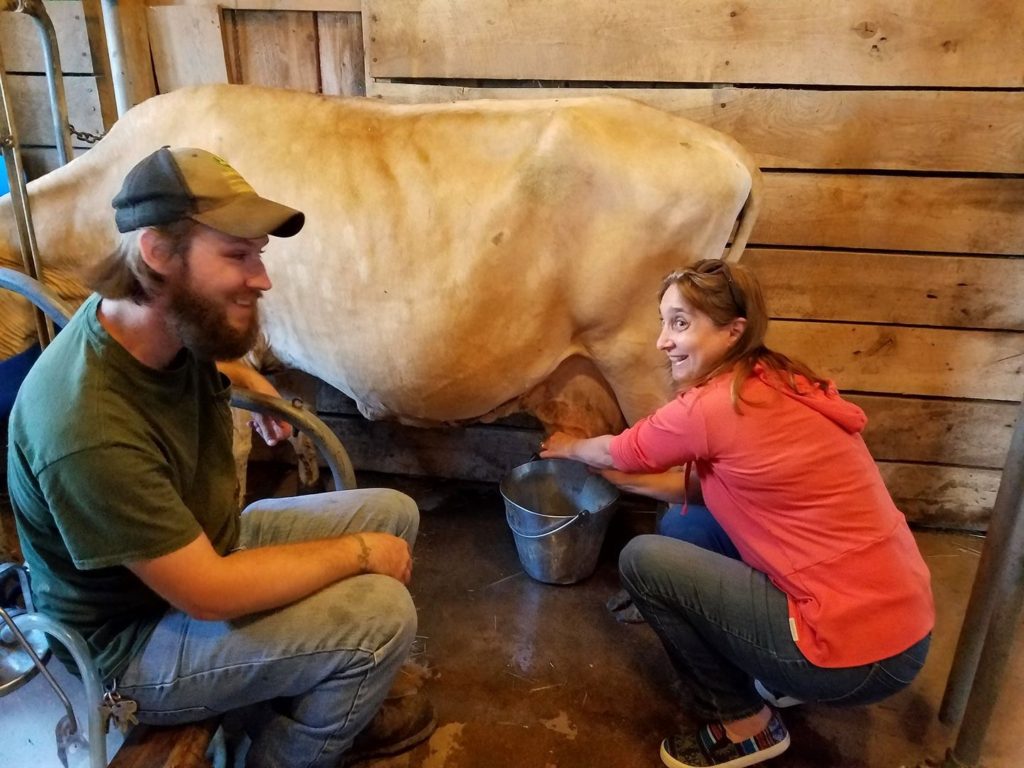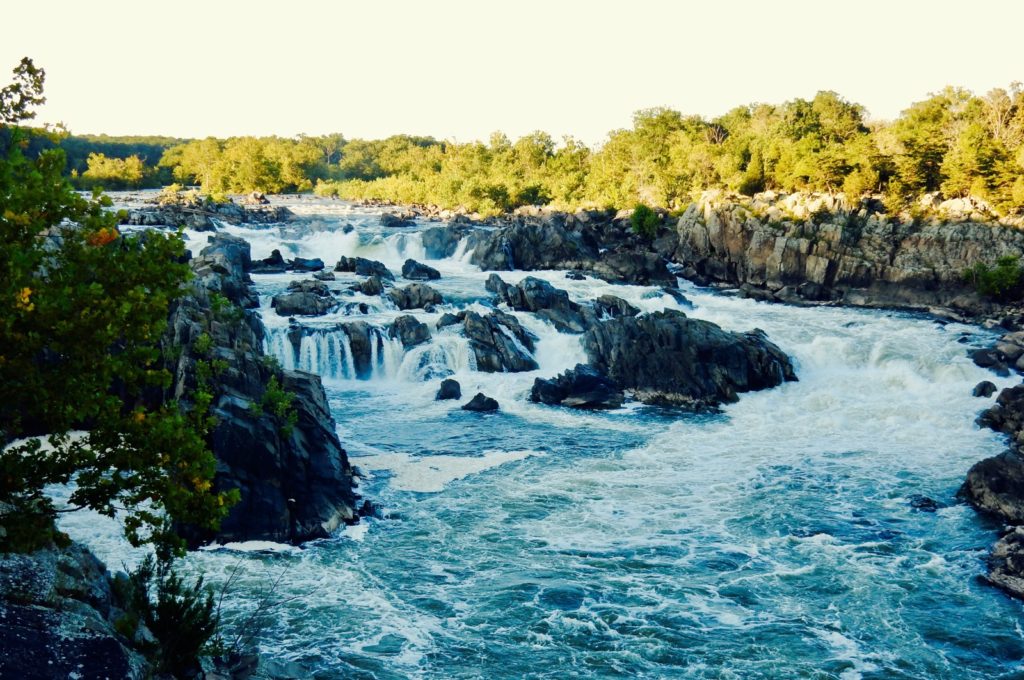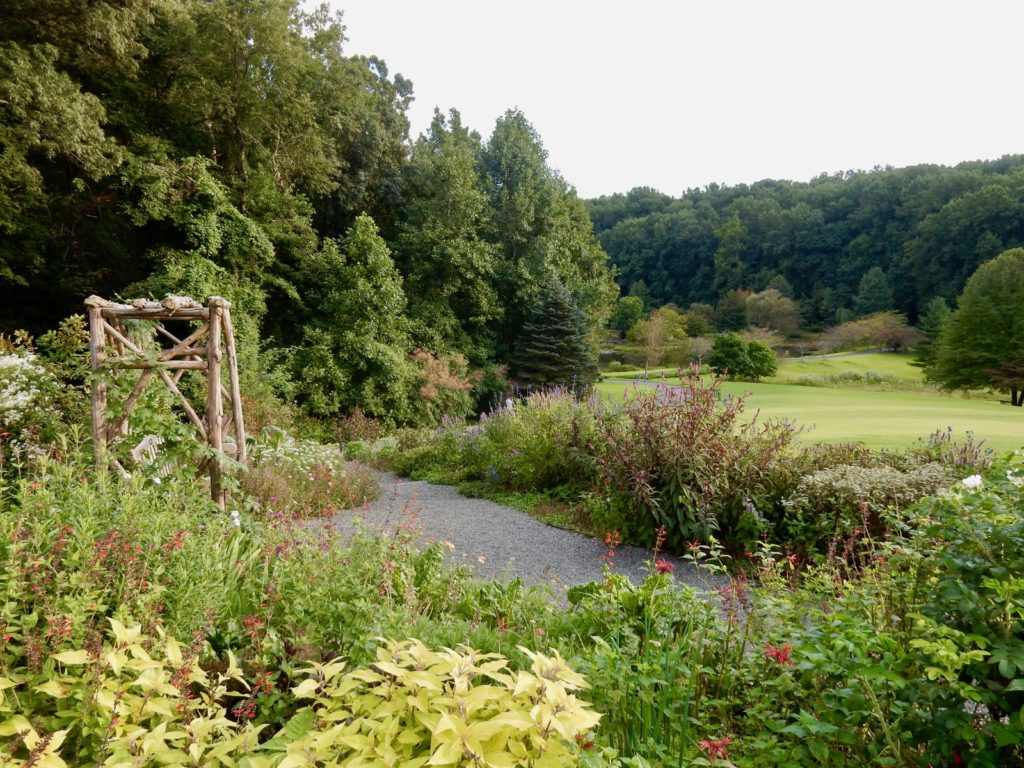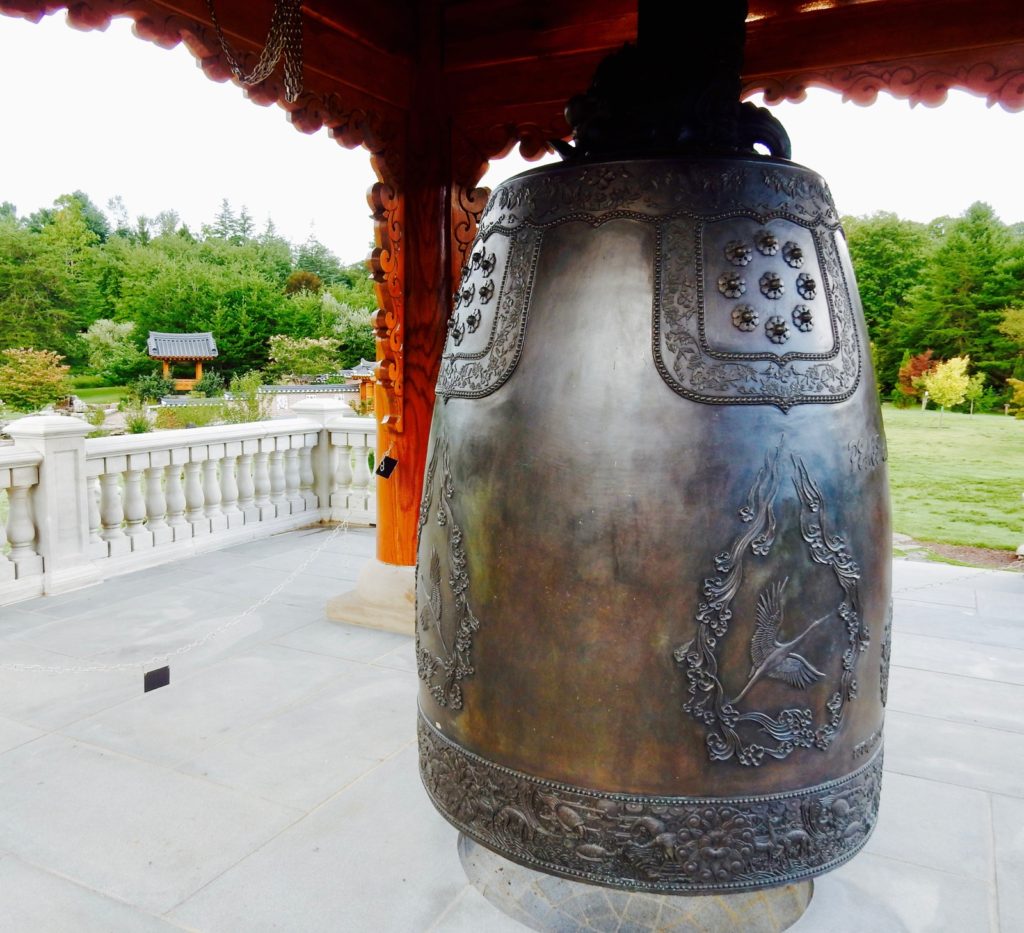WHY GO: What are the most thrilling things to do in Fairfax County VA? Tough question – because the county, which includes Tysons, McLean, Fairfax, Lorton, and more, can take 45 minutes to traverse.
Of course, George Washington’s Potomac Riverfront home, Mount Vernon, is the biggest draw, but those who visit and then leave are missing out on naughty Civil War graffiti, heroic suffragists, the Father of the Bill of Rights, The Shuttle Discovery, a Frank Lloyd Wright home, a luxury boutique hotel with an 11th floor “Skypark,” mesmerizing waterfalls, and planned communities, just to name a few. Phew!
Herewith, find at least four days worth of activities, perfect for couples sans kids, just twenty minutes from Washington DC. Plan some day trips from the city or stay and explore. We tell you how here….
Fairfax County is on our list of 20 Surprisingly Romantic Getaways in VA. Check it out if you wish to explore the state further.
Looking for someplace dreamy outside of Virginia? Check out our 150 Best Romantic Getaways in the Northeast US (Virginia to Maine).
Have family in tow? Our friends in Fun in Fairfax VA have you covered.
Thrilling Things to Do in Fairfax County
TOUR: Mount Vernon, Mt. Vernon VA
With over a million visitors a year, George Washington’s Potomac River compound in Fairfax County VA is the most visited Historic Home in the United States.
Originally 50,000 acres, (now 500 of which 50 are open to the public), Mount Vernon encompasses the home, upper and lower gardens restored to their 1787 appearance, George and Martha Washington’s graves, twelve original outbuildings, and Washington’s Distillery (see below). It would take a day or more to see it all.
The story of how Mount Vernon was acquired from the Washington Family, and how it is still funded today, is one of the most remarkable in conservation history.
Saving Mount Vernon
In the mid-1800’s, as costs of the Civil War mounted, the U.S. Government was virtually broke. So a local women’s preservation group – the Mount Vernon Ladies Association – raised an unprecedented $200,000 to purchase the historic home.
“If the men of America have seen fit to allow the home of its most respected hero to go to ruin, why can’t the women of America band together to save it?” wrote Louisa Bird Cunningham to her daughter in 1853. And so, they did. The home was restored and then open to the public in 1860.
The original 1-½ story center section, built by George Washington’s father in 1734, and the home’s wings, added by George and Martha in 1787, are in a constant state of refurbishment.
Relics of Historical Proportions
Every room offers another relic of historical proportions. The key to the Bastille is on exhibit in the center hall. It was a gift from Lafayette to Washington post Revolutionary War.
On your tour, grip the very same staircase railing that George himself did. Sit on the same porch, with transfixing views of the Potomac River, that the Washington’s and guests enjoyed. And tear up a bit when you climb the stairs to the top floor and stand before the bed upon which George Washington died on Dec. 14, 1799.
After her husband passed away, Martha closed off the room, never to enter it again.
While wandering the grounds, you will most likely interact with historic characters in period dress, like the enslaved Caroline Branham, housemaid and seamstress, who you will learn about further in the Donald W. Reynolds Education Center.
Must See Museum
This museum is a must-do before or after touring the home – with a “sights and sounds multimedia experience” about Washington’s life. As there were no portraits of our first President before age 40, Mount Vernon enlisted the expertise of forensic scientists who created 3-D projections and sculptures of him in his youth.
The museum also features a popular exhibit on the 300-plus enslaved workers who effectively ran Mount Vernon.
TOUR: George Washington Distillery and Gristmill
Discover how our first President made his own whiskey and spirits at the George Washington Distillery and Gristmill. You can see the nuts and bolts of grain and corn milling, watch the 16 ft tall waterwheel turn, learn about the most advanced 1700’s technology, and how whiskey was distilled in Washington’s time at this recently opened historic site.
Take the shuttle from Mount Vernon to the reconstructed buildings on the footprint of Washington’s original businesses: flour milling and Rye Whisky making.
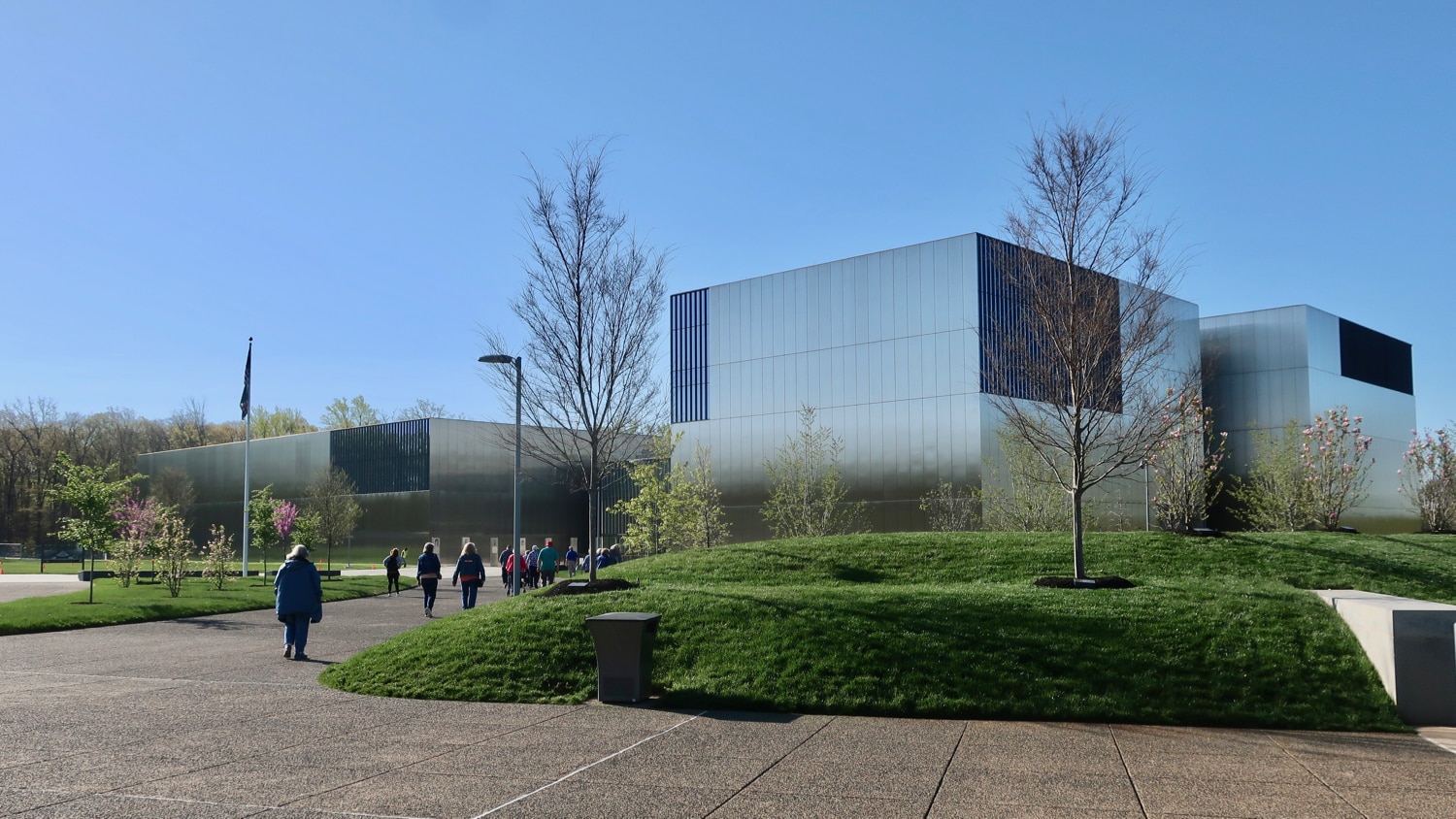
VISIT: National Museum of the United States Army, Fort Belvoir
Without the ordinary soldier, there would be no US Army. That is the overriding theme of the National Museum of the US Army, with its mission to “tell the Army’s story and honor the accomplishments, sacrifices, and commitment of American Soldiers. Amazingly, the museum, is open 364 days a year, 9-5 (closed on Christmas Day).
This military museum portrays the often glazed over lives of soldiers – from the Revolutionary War to today’s “War on Terror.” The building’s stainless steel façade represents strength, resilience – and is a “reflection of America,” as its appearance is ever changing throughout the day and seasons.
Even before you enter the silvery building, you’ll encounter Story Pylons, each documenting the life of an ordinary soldier who did extraordinary things. But even men and women doing ordinary things add up to an extraordinary force, as represented throughout this 185,000 sq ft museum.
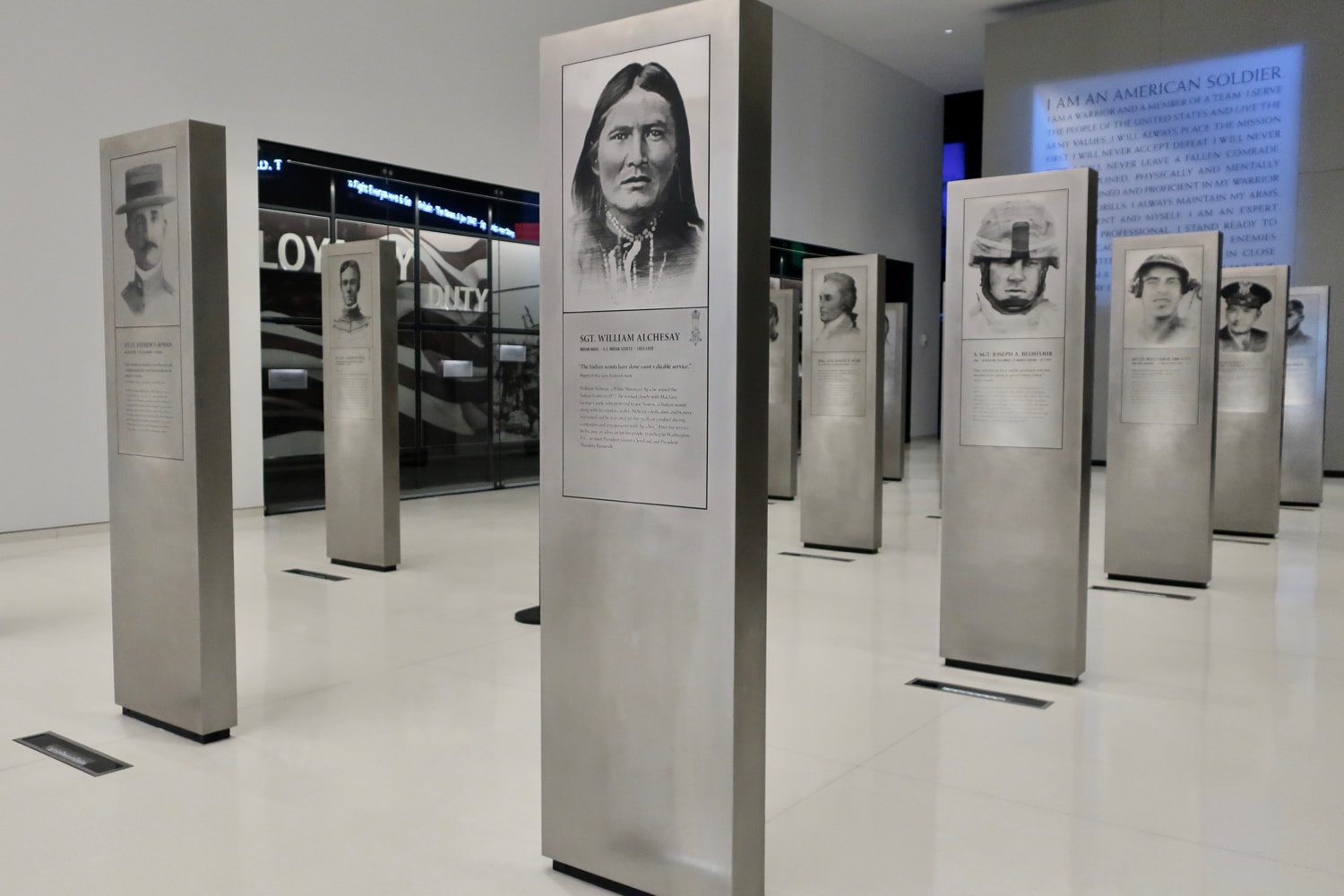
Free to Enter
Enter (it’s free!) into a vast lobby. The ceiling and black granite “Campaign Wall” are festooned with representations of Campaign Streamers spanning over 250 years – each one a different color pattern.
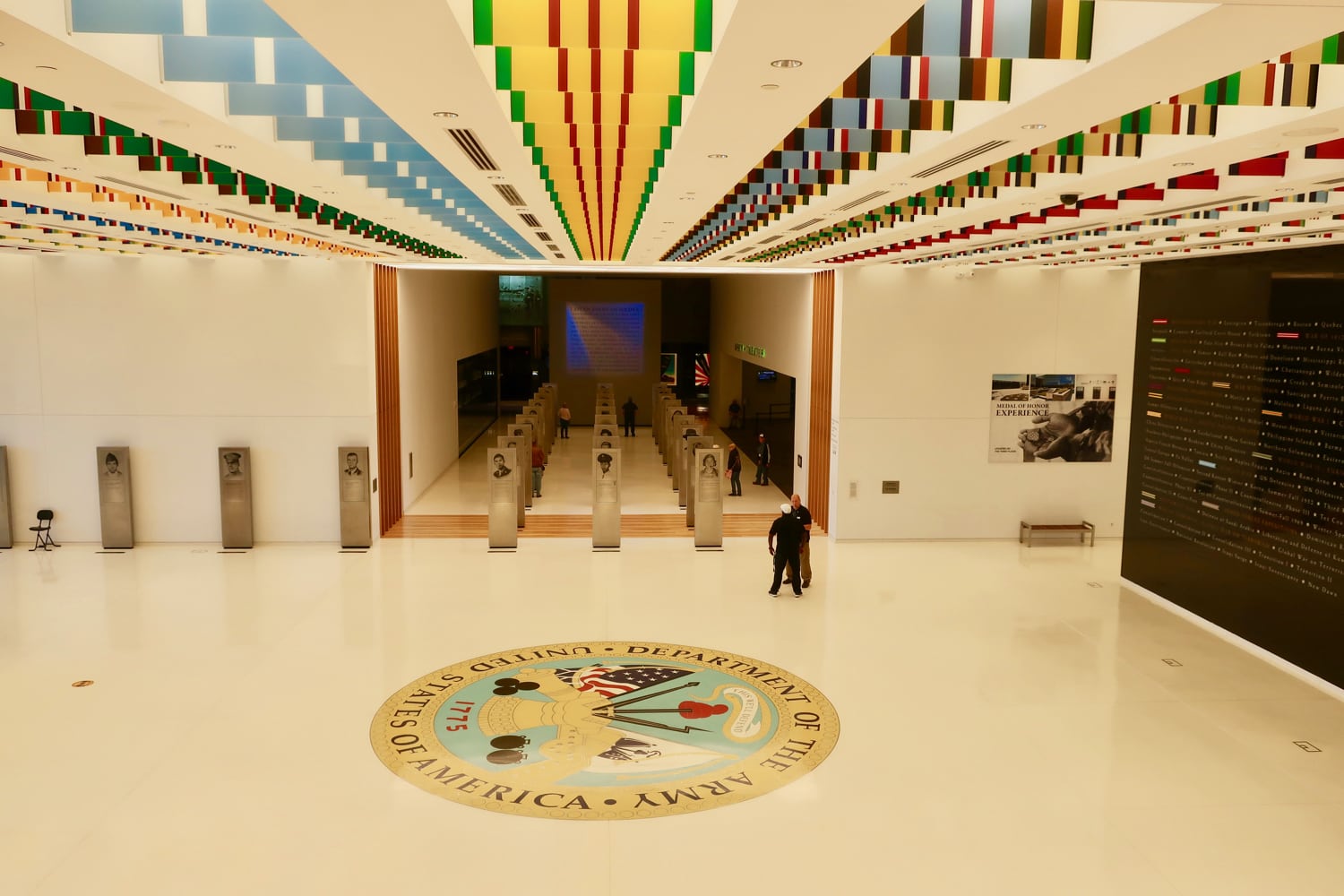
First, be sure to watch the 12 minute, multi-media movie, “Of Noble Deeds” in the Army Theater. The film explores what it means to be an American soldier, incorporating sound, light, and “sensory elements” as you watch recreations of some of the Army’s most historical battles. You might just find yourself tearing up.
Like the National Museum of the Marine Corps (20 miles away, in Triangle VA), the lifelike figures that populate museum dioramas were created using plaster casts of actual Army soldiers.
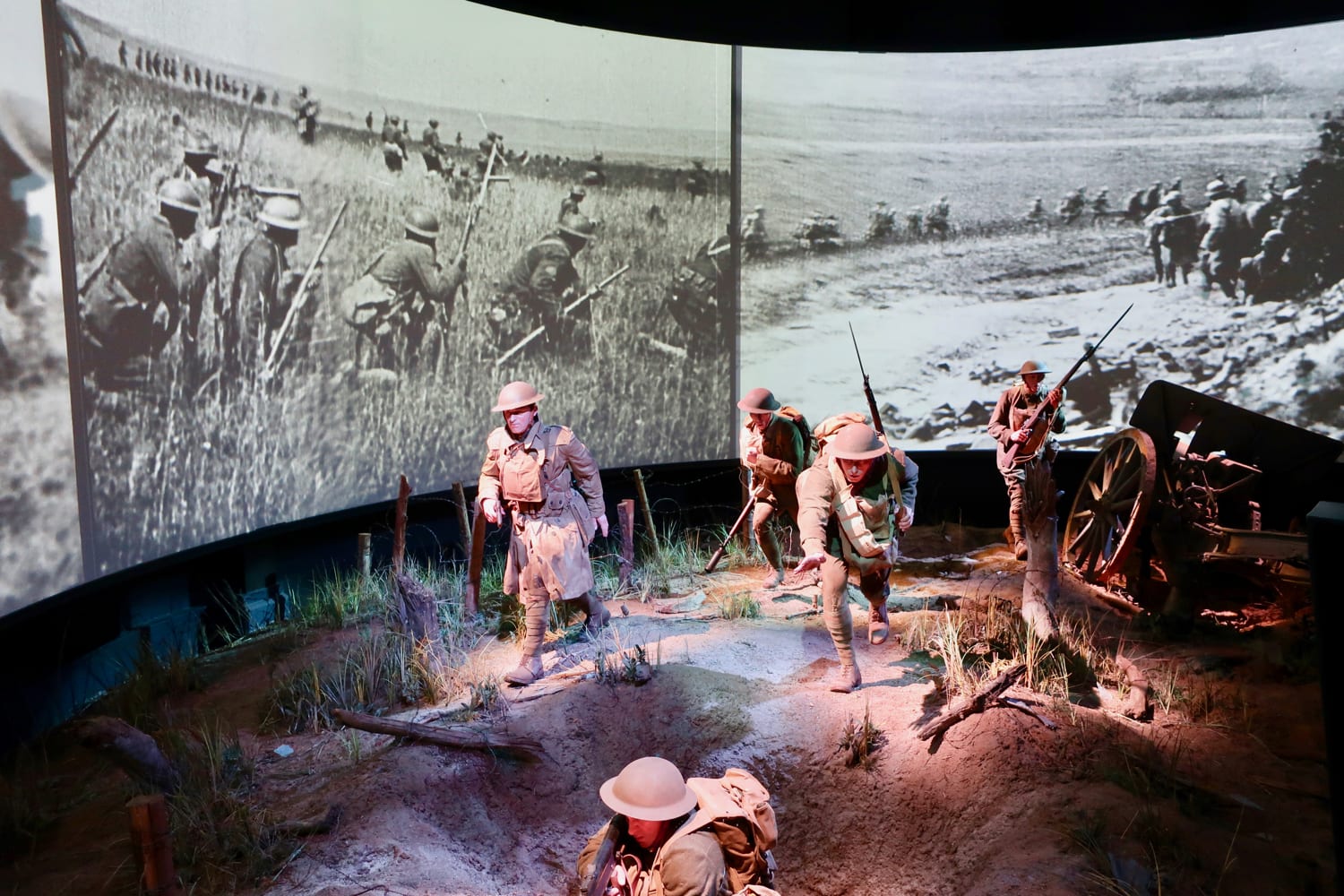
Seven large galleries are divided by wars and eras, beginning in the 1600’s, before the US Army was first formed. There are significant artifacts, each with its own story: like a beautifully etched Revolutionary War era powder horn, used in battle by one of the first American soldiers.
Many exhibits are dynamic – with sound and video. WWI is an “immersive experience,” as you walk through a trench, experiencing battle through sound and lighting effects. In the Cold War section, a film begins when a lone red phone rings.
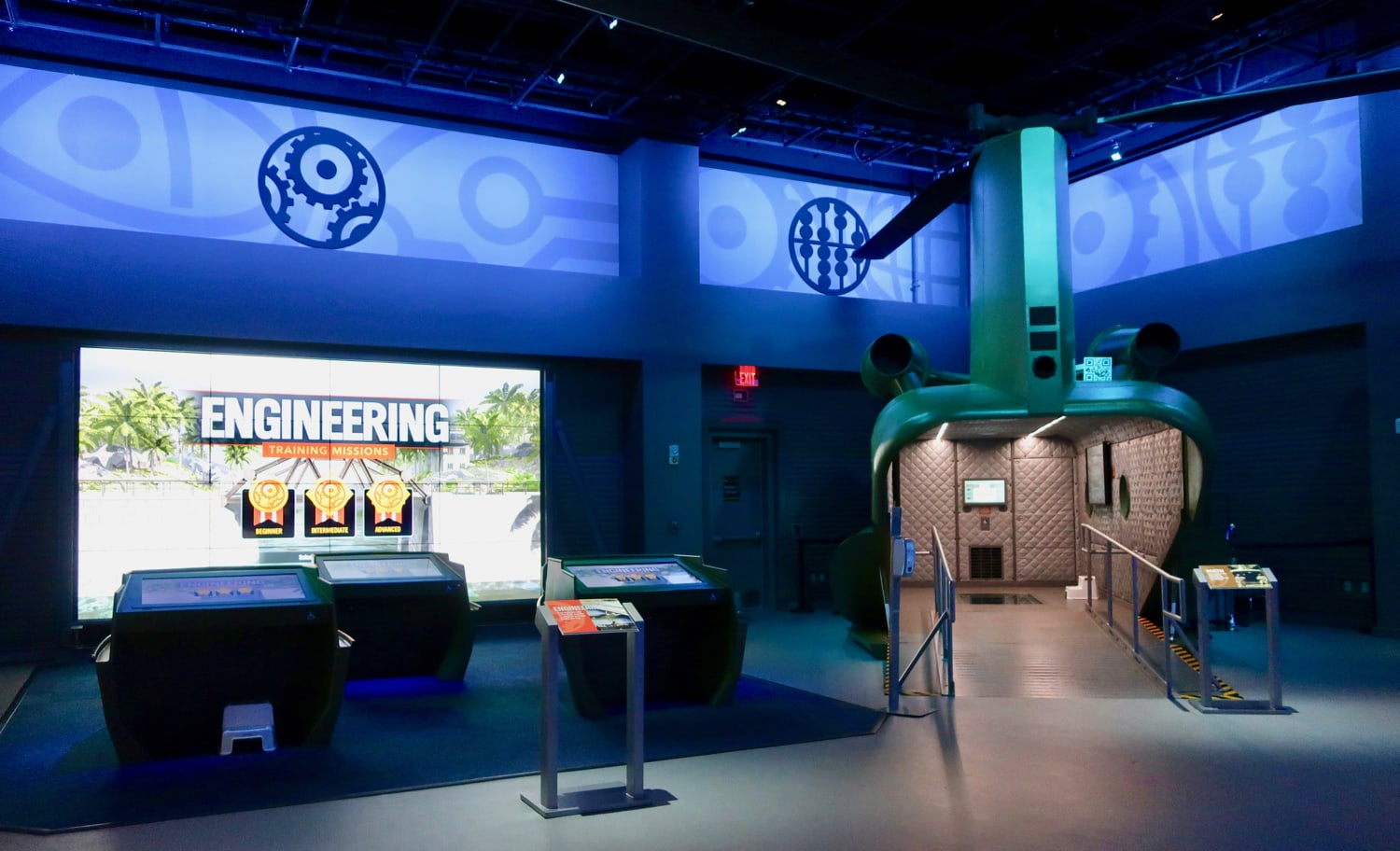
Get Interactive
Don’t leave before you experience the GSTEM (Geography, Science, Technology, Engineering, Math) Experiential Training Center, an interactive space perfect for Team Building Sessions and Teen Birthday Parties (the room can be reserved for an hour per group during museum slow times).
In the Training Center you can learn to design a bridge (and see if it passes muster as trucks roll over it), or hit a ground target from a cargo copter (complete with sounds of rotors and videos in a glass floor showing the drop), among other ways to bone up on your science, engineering, and technology skills.
You can spend days watching and reading everything about all wars and campaigns throughout time, but most visitors spend about 2 ½ hours – so plan accordingly.
GO: Steven F. Udvar-Hazy National Air and Space Museum, Smithsonian Annex at Dulles Airport, Chantilly
I’m still trying to wrap my head around the fact that I was within reach of the B-29 Superfortress Bomber that dropped an Atomic Bomb on Hiroshima.
The Enola Gay is but one of the “Big Five” historic aircraft housed at Steven F. Udvar-Hazy – the lesser known but larger-than-its-DC-cousin Smithsonian Air and Space Museum, the adjacent to Dulles Airport in Fairfax County VA.
The aviation hanger-sized galleries are packed with an overwhelming number of commercial and military aircraft. The museum is so large, in fact, it’s been touted by Virginia.org as “The Best Place to Get in Your 10,000 Steps.” However, you can narrow down your visit to an hour by seeking out the five most significant pieces of flying history.
In addition to the Enola Gay, there’s the Boeing 707 Dash-80, considered the first commercial passenger jet (not the first commercial prop plane, however). It’s got a back-story that includes the barrel-roll derring-do of a pilot attempting to show off to Boeing execs.
You’ll behold the never popular enough Concorde, which was fast but much too expensive for commercial use, and the all titanium SR-71 Blackbird, the fastest flying machine in the world, which made it from L.A. to Washington DC in 1 hour 4 minutes, 20 seconds. Incredibly, three docents here have actually piloted this stealth beauty.
Space Shuttle Discovery
Though surrounded by breathtaking airships, I found the Space Shuttle Discovery to be the most awe-inspiring of the Big Five. From August 1984 to March 2011, Discovery flew 39 missions.
Lying horizontally, it is gargantuan – much larger than I ever imagined and remarkable in its technology and engineering.
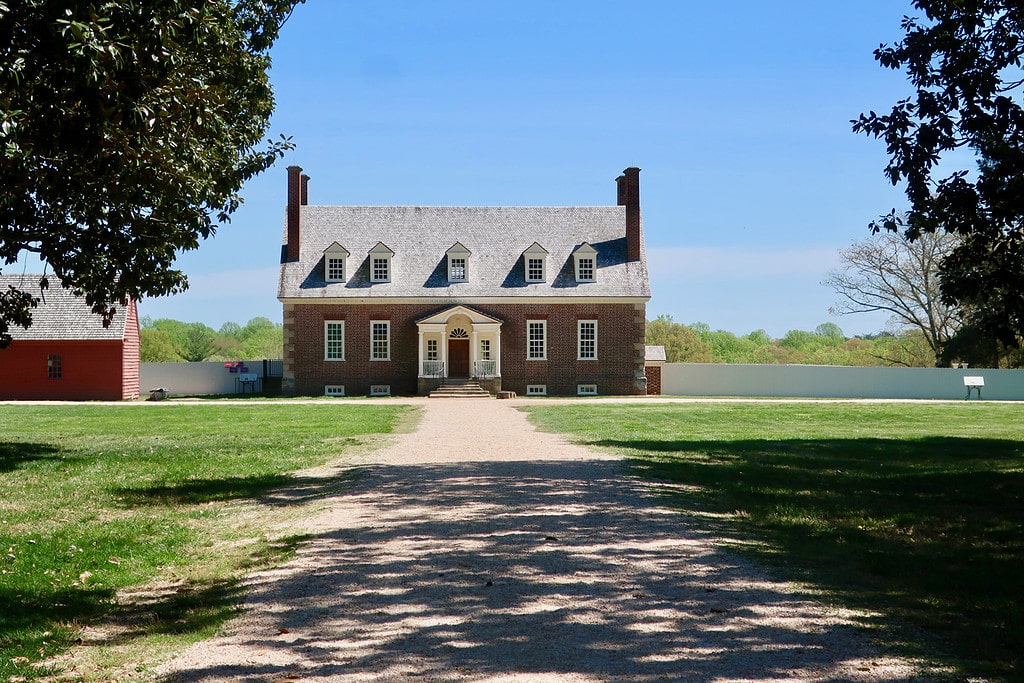
TOUR: George Mason Gunston Hall, Lorton
“All men are by nature equally free and independent, and have certain inherent rights….namely the enjoyment of life and liberty, with the means of acquiring and possessing property, and pursuing and obtaining happiness and safety.”
If the above phrase seems familiar, you may think it was penned by Thomas Jefferson as a first draft of the Declaration of Independence. But no. The above was written by one of the forgotten Founding Fathers a month earlier, as the first of 16 Articles in The Virginia Declaration of Rights.
George Mason may just be the Founding Father you’ve never heard of. And you can find out why – and tour his home, Gunston Hall.
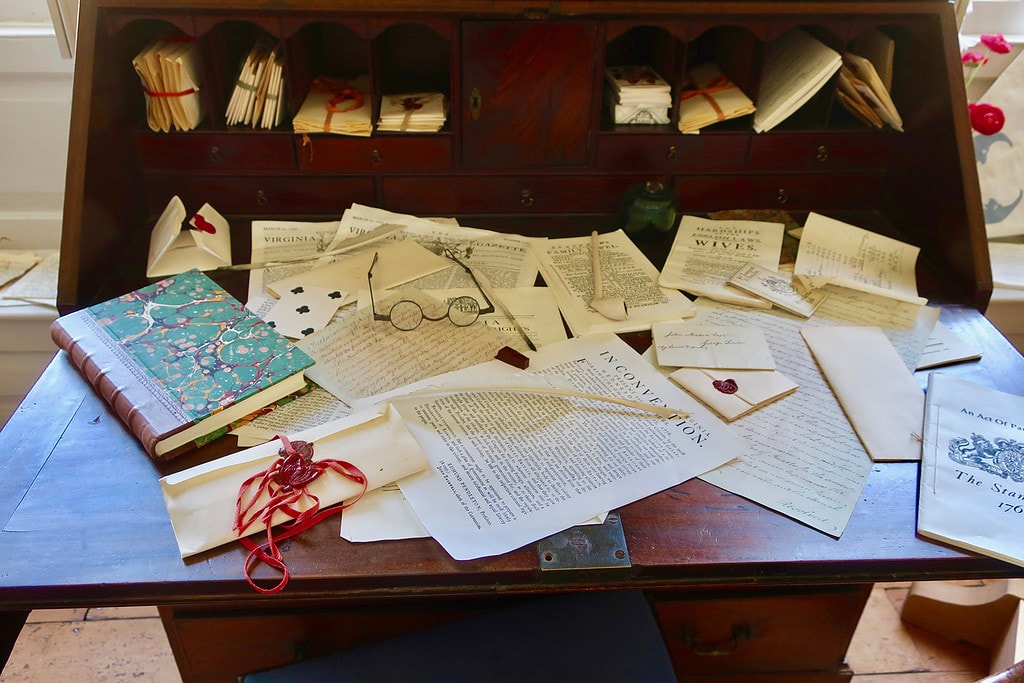
Considered the “Father of the Bill of Rights,” Mason was one of the Delegates to the 1787 Constitutional Convention who refused to sign the U.S. Constitution – citing its absence of individual rights. The ideals of his Virginia Declaration – the right to trial by jury, freedom of religious practice, that freedom of the press should never be restrained by a despotic government – helped shape the Bill of Rights, ratified in 1791.
Before touring Mason’s home, begin in the wonderful Visitor’s Center, which spells out clearly Mason’s objections to the Constitution and his thoughts on individual liberties.
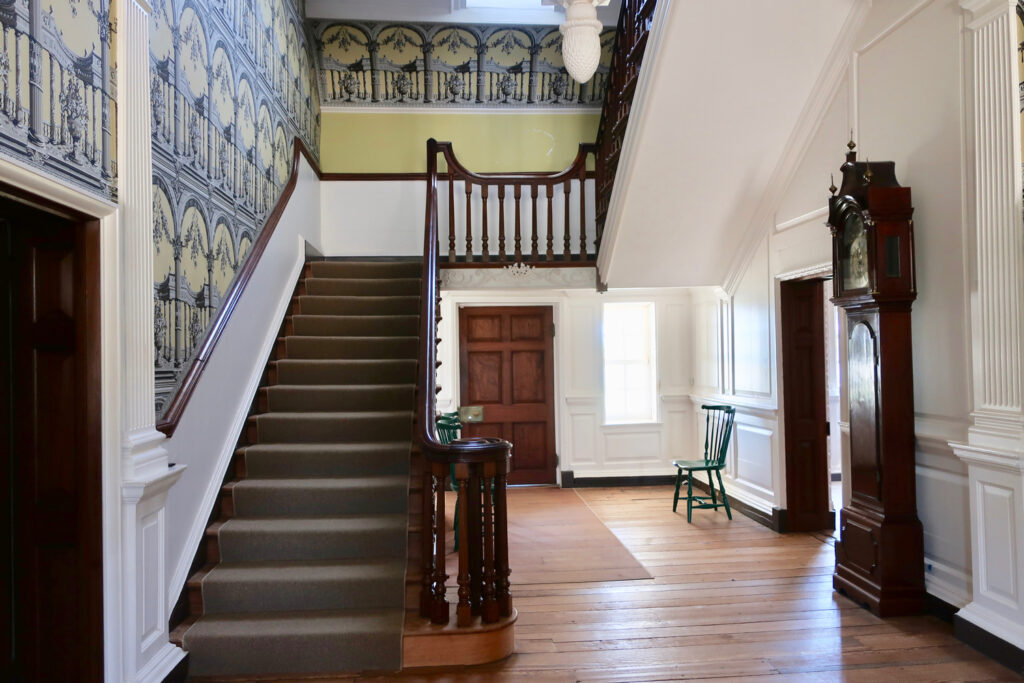
Tour Gunston Hall
In 1750, wealthy plantation owner, George Mason, age 25, married 16 year Ann Eilbeck, and proceeded to build this house. Ann died at age 39, after bearing nine children. Your guide reminds you of the commotion that so many kids, not to mention enslaved workers attempting to control them, would have caused as you serenely tour the place.
I was wowed by the colors, styles, and quality of restoration in the mansion that Mason himself conceived (or, at least, the floor plan and landscaping). Mason oversaw the carpentry and design work of 17 year old indentured apprentice, William Buckland, from the UK, whose creative mind seemed to have manifested every architectural concept in the 1700’s Style Book.
So, your eyes are sure to dance at Rococo, Gothic, Greek-Roman classic, Palladian, and Chinese features as you wind through the house. (In some quarters, Buckland is recognized as the First American Architect. He returned to England and enjoyed an illustrious career there).
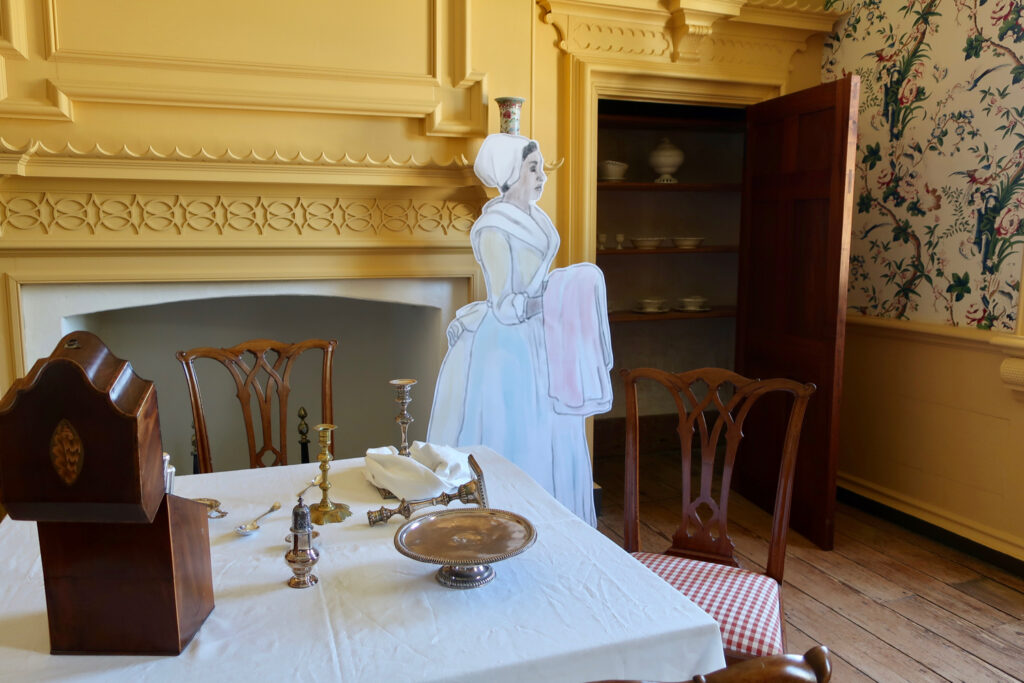
Now, the foyer is adorned with the kind of bright Roman-style wallpaper in classical motifs that would have covered the walls of a house of this caliber. The parlor features Palladian columns. The dining room impresses in Chippendale and Chinese furnishings.
When you’re finished touring the home – visit the expansive garden out back, and then take a stroll down the carriage road to the cemetery, where George and Ann are buried. Interestingly, George purchased matching limestone tombs for himself and his beloved first wife.
Ann predeceased George by 19 years, and by the time George passed away in 1792, his tomb had somehow vanished from storage. According to staff, a new tomb was built in the 20th century to match Ann’s.
TOUR: Frank Lloyd Wright Pope-Leighey House and Woodlawn Plantation
Two very different homes, Woodlawn and Pope-Leighey, two distinct eras, two important architects, are on the same “campus.”
Woodlawn, the very first property acquired by the National Trust, was designed by Dr. William Thornton – a Renaissance Man who was a physician, artist, and architect best known for designing DC’s Capitol Building.
But here’s a little known fact. Thornton, according to the guide, “wanted to turn George Washington into a zombie.” Yep – as a doctor, and early proponent of cryogenics – Thornton came up with a scheme to freeze our first President on his deathbed and re-animate him at a later date. This plan, thankfully, was never implemented.
Woodlawn History
George Washington commissioned Thornton to build this estate for Martha’s granddaughter Nellie and her new husband, Lawrence Lewis, within telescope-sight of Mount Vernon.
Woodlawn, first built in 1800-1805, spent just one ownership cycle as a Plantation, before being sold to a succession of people. After Lawrence’s death in 1838, his son, Lorenzo, sold Woodlawn out from under his mother, Nellie, in the 1840’s to the Troth-Gillingham Lumber Company.
The Troths and Gillingham’s, Philadelphia Quakers, invited freed slaves and other religious minorities – Catholics and Baptists – to work the land.
In the 1850’s, Woodlawn was sold yet again to the Mason family. They abandoned it by 1889, and in the 1890’s a hurricane seemed to finish it off.
The Final Flip
But not to worry. In 1900, the rehab-and-flip-it-guru, New York Playwright, Paul Kesler, purchased the dilapidated property for a song. From 1900-1905, Kesler renovated it, subsequently selling it to coal heiress, Elizabeth Sharpe, who then modernized it.
A year after Sharpe passed away in 1924, the final private owners, Senator and Mrs. Oscar Underwood, lived in the home until 1951. At that point, it was purchased by the National Trust.
A fascinating time-line tour showcases 200 years of adaptations by each owner: the Lewis era in the dining room, Victorian hearth and home parlor of the Masons, the addition of unappealing, low-ceiling second floor hallways by Kesler, radiators in the upstairs massive soaring ceiling bedrooms c/o Sharpe.
Martha’s W’s Granddaughter in her Original Instagram Pose
There’s a portrait of the just-married Nellie “doing her Instagram pose,” along with one of her tidy needlepoint pictures. A bust of George Washington by Hiram Powers, a mid 1800’s artist notable for “introducing nudity to American sculpture” sits on the main floor. Guides are full of anecdotes and funny asides, rendering a tour through Woodlawn a very entertaining one.
Pope-Leighey House
Next door, a short walk away, the 1,200 sq ft. Pope-Leighey House – the only Wright home in Virginia open to the public, built in 1939.
Yes, all the famous Wright tropes are present and accounted for: bringing nature inside, “breaking the box,” compression and expansion, in wood, brick, glass, concrete and copper.
The living room appears larger than it is, due to soaring 12-½ ft. ceiling, with glass doors and wood-cut windows that create interesting sight-lines and cross-ventilation.
The floors were installed with radiant heat. Though bedrooms are Pullman-Car small, copper screen windows generate warmth from sunlight. Most amazingly, the phone has a dial tone. You can still call here. Check website for hours and fees.
TOUR: Historic Blenheim, Fairfax
Blenheim originally belonged to mixed-crop and dairy farmer, Albert Wilcoxon, who supplied farm goods to the Confederate troops.
Civil War Soldier Graffiti
However, this 1859 Georgian style brick farmhouse and estate is less known for its first occupant, than for its inordinate amount of Civil War soldier graffiti. In fact, Fairfax County VA has earned the distinction of having the “largest collection of German-born Union soldiers’ signatures who wrote on walls of houses.”
In 1861, Union soldiers destroyed Wilcoxon’s home while rampaging through Fairfax Court House. The estate was also vandalized by those who camped out there on several occasions.
The resulting “writing on the walls” is so abundant and authentic, historians are able to identify most of the young men who either awaited orders during a 2 week period in 1862, or convalesced here when the home served as a Civil War field hospital from October 1862 through January 1863.
Historians Identify Soldiers By Tags and Handwriting
The average age of those graffiti artists and taggers was 25. Most were farmers, and 45% were foreign born (Germany, Bavaria, Prussia, Wales, England, and other countries). Since 1998, 121 soldiers have been identified, along with their regiments, companies, and hometowns.
Visitors from all over the world with Virginia roots come here to see their ancestor’s handwriting on plaster walls that have been preserved under carefully removed wallpaper.
Naughty Graffiti
Most of the injured young men, many just teen-agers, were stashed in the attic, which was never wallpapered. Hence, it’s where you’ll find the best-preserved graffiti. Sadly, this floor is inaccessible to visitors for safety reasons.
But never fear. The 3rd floor has been recreated in the new Visitor’s Center – so you can see these “diaries on walls” – every signature, every scribble, and every amateur drawing. Including, of course, crudely explicit men’s and women’s genitalia.
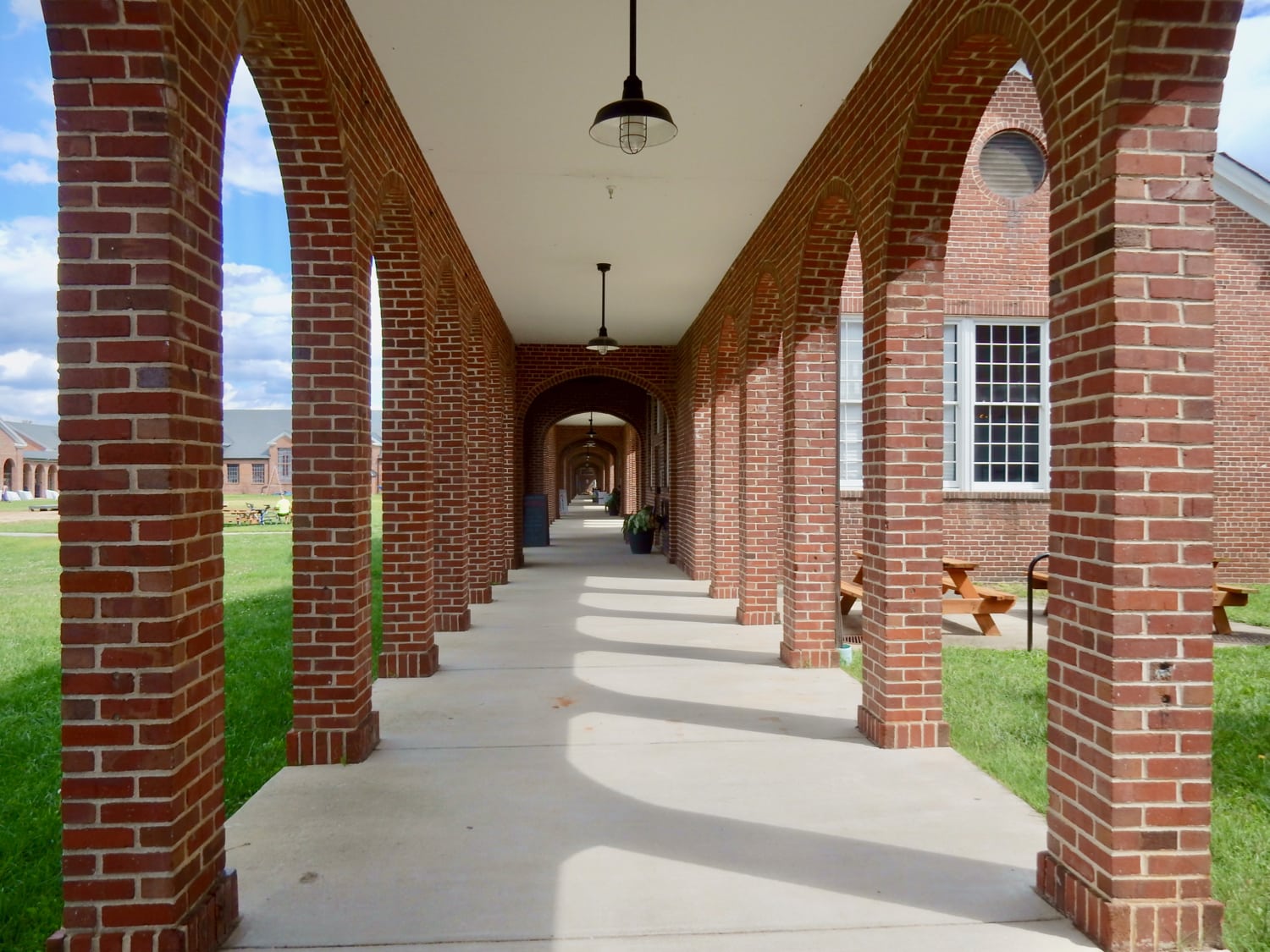
VISIT/SHOP/MAKE: Workhouse Arts Center, Lorton
At the turn of last century, President Teddy Roosevelt supported a new way to reform low-level, drunk, and petty criminals: teach these men a trade and the value of a good day’s work before returning them to society. Prisoners made the bricks that built this reformatory in 1910. At that time, “lower level offenders” were assigned far from the “terrible prison conditions in DC.”
In 1917, suffragists, arrested and locked up here for picketing in front of the White House, went on a hunger strike. They endured the famous “Night of Terror,” hours of violent force-feeding that turned public opinion towards ratifying 19th Amendment passed.
Burned Down By Cops
By the 80’s – the Workhouse became an out and out prison, with fences and guard towers. In 1995, conditions here had deteriorated to the point where Lorton was packed with 7,300 prisoners: 44% over capacity and a money pit.
In 2001, the last prisoners were shipped off to Federal facilities, and the blighted property was sold to the county. Used by the Fire and Police departments as a training site, it was flooded, set on fire, and crashed into by buses and helicopters.
New Life as Arts Center and Museum
In 2008, however, the facility found new life as an Arts Center, with gallery spaces, 65 artist studios and art instruction. Now, over 800 classes in fine, performing, and culinary arts are taught here every year, along with concerts, brew-fests, July 4th fireworks, and a really, really scary haunted house in October.
Each of the dozen or so low-slung buildings, ringing a central courtyard, houses artists in different mediums. There’s Glass, Ceramics, Blackbox Theater, Art Gallery exhibiting juried art, etc.
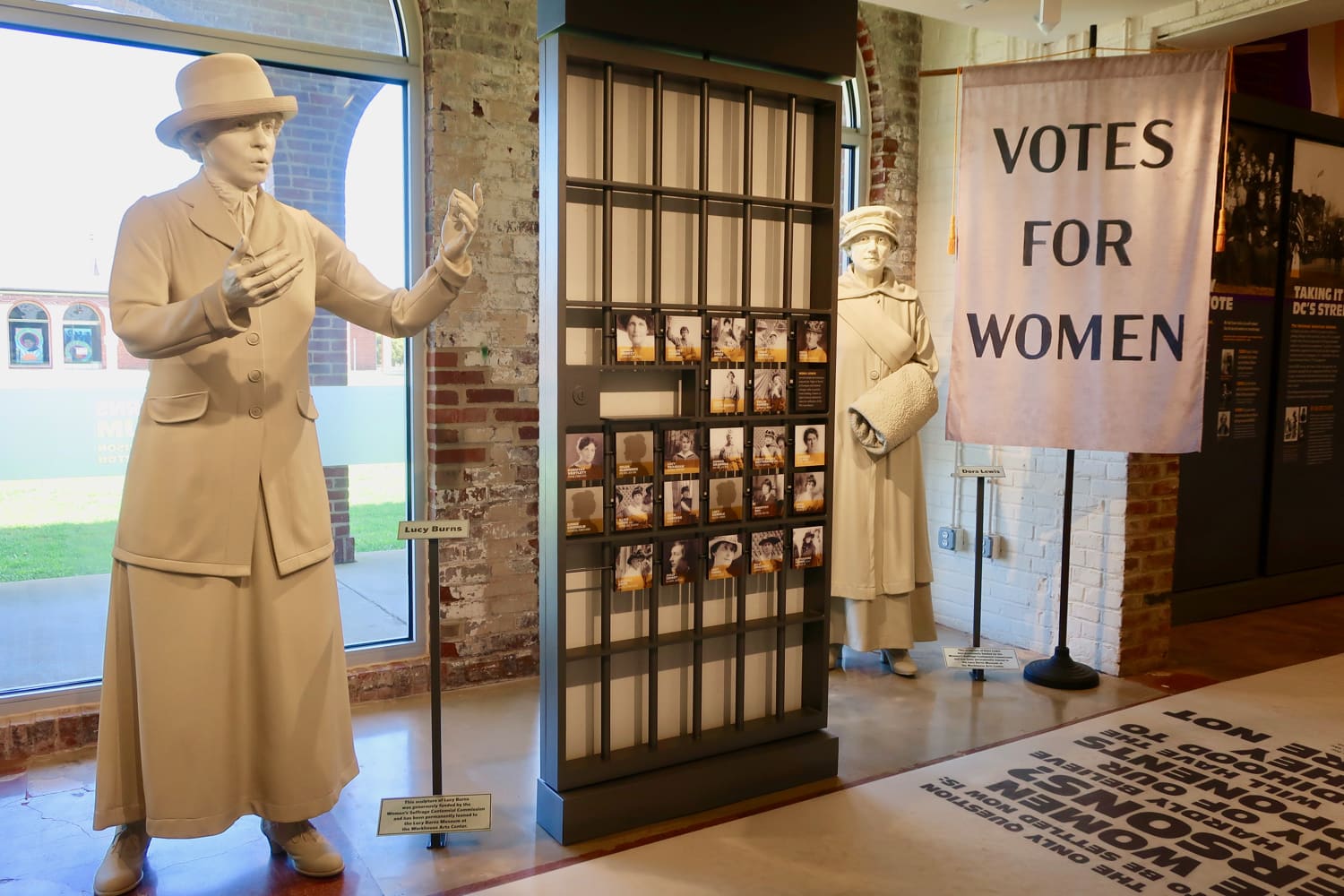
Lucy Burns Museum at The Workhouse
Although some consider Abigail Adams the country’s first suffragist (“Remember the ladies,” she wrote to her husband, John), and masses of women fought for rights in the mid-1800’s, this museum focuses on women who finally broke through in the 19-teens, primarily due to public sympathy about their treatment.
In 1917, Suffragists, like Lucy Burns, Alice Paul, Dorothy Day, and others representing the National Women’s Party bolted themselves to the White House gates to protest against WWI wartime President, Woodrow Wilson.
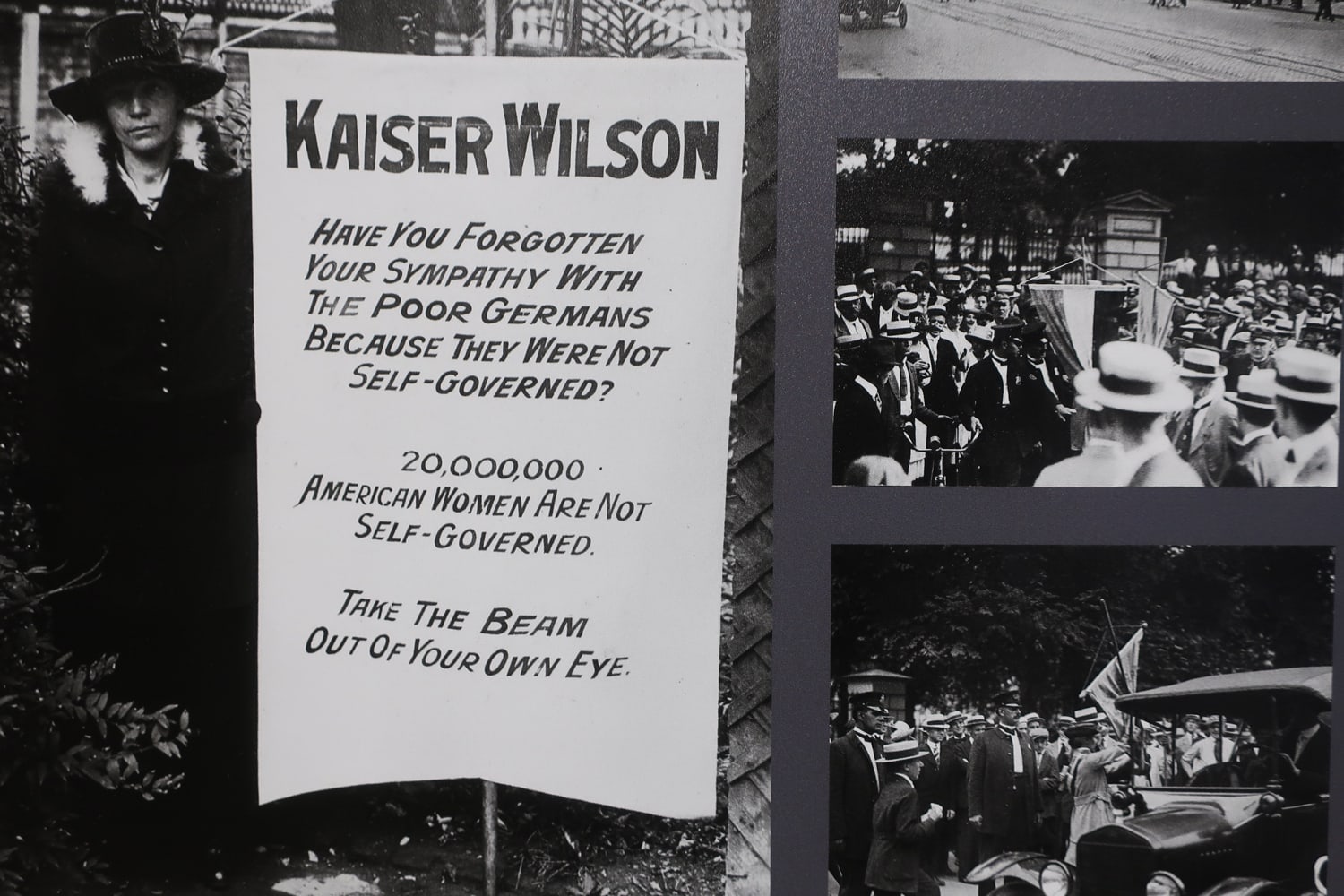
Rather than being violent – as were Suffragettes in the UK – they used more clever tactics seen as “disrespectful”: brandishing banners that read, “Kaiser Wilson: have you forgotten your sympathy with the poor Germans because they were not self-governed? 20,000,000 women are not self-governed! Take the beam out of your own eye.”
These sentiments were enough to send them to jail, where they were roughed up, and placed in punishment cells at the Men’s Workhouse. Day was shoved so hard, she suffered a concussion.
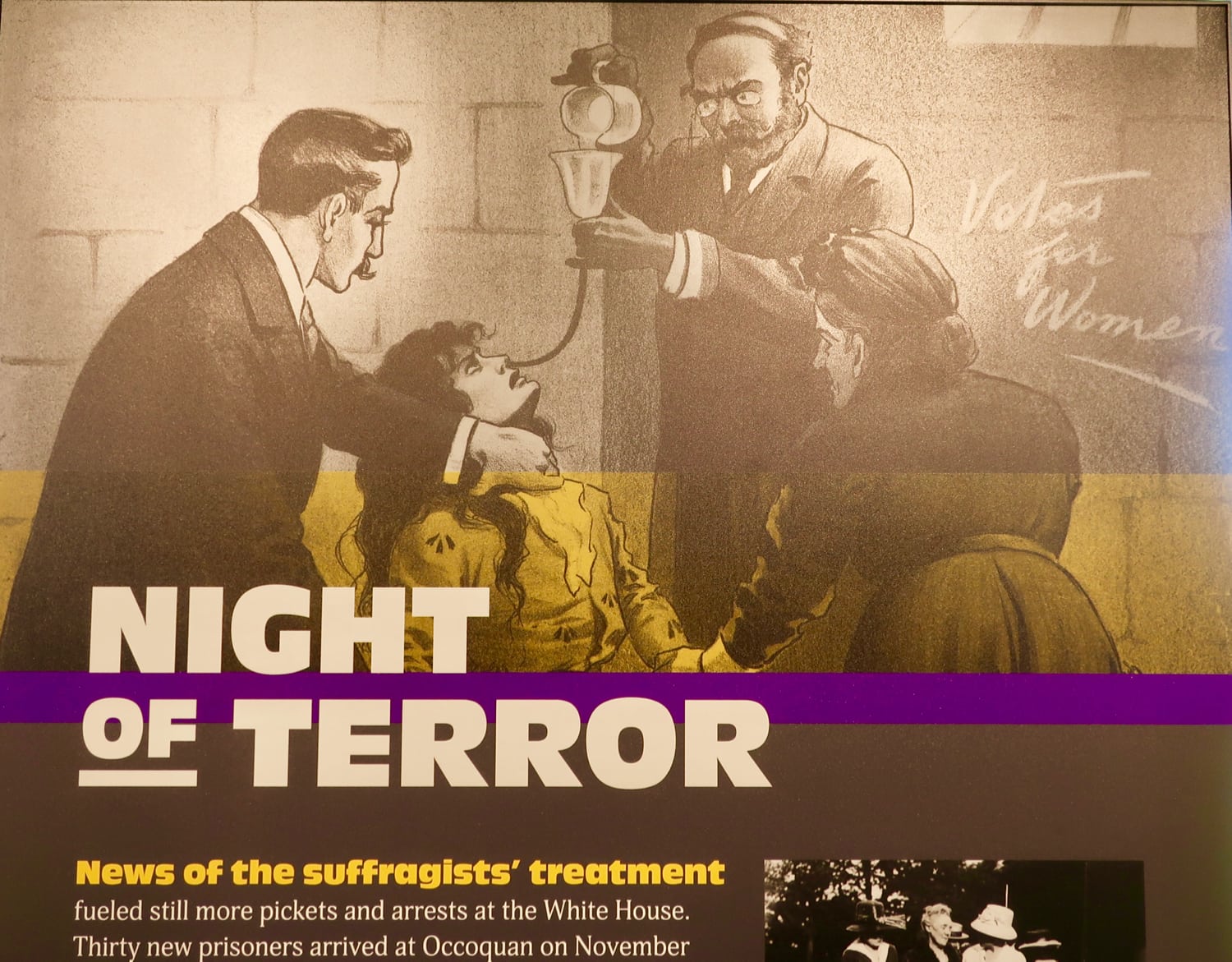
Others, who went on a hunger strike, were force-fed in what became known as the Night of Terror. When the public learned of this treatment, it moved the needle towards the Women’s Right to Vote, which was finally ratified three years later in the 19th Amendment.
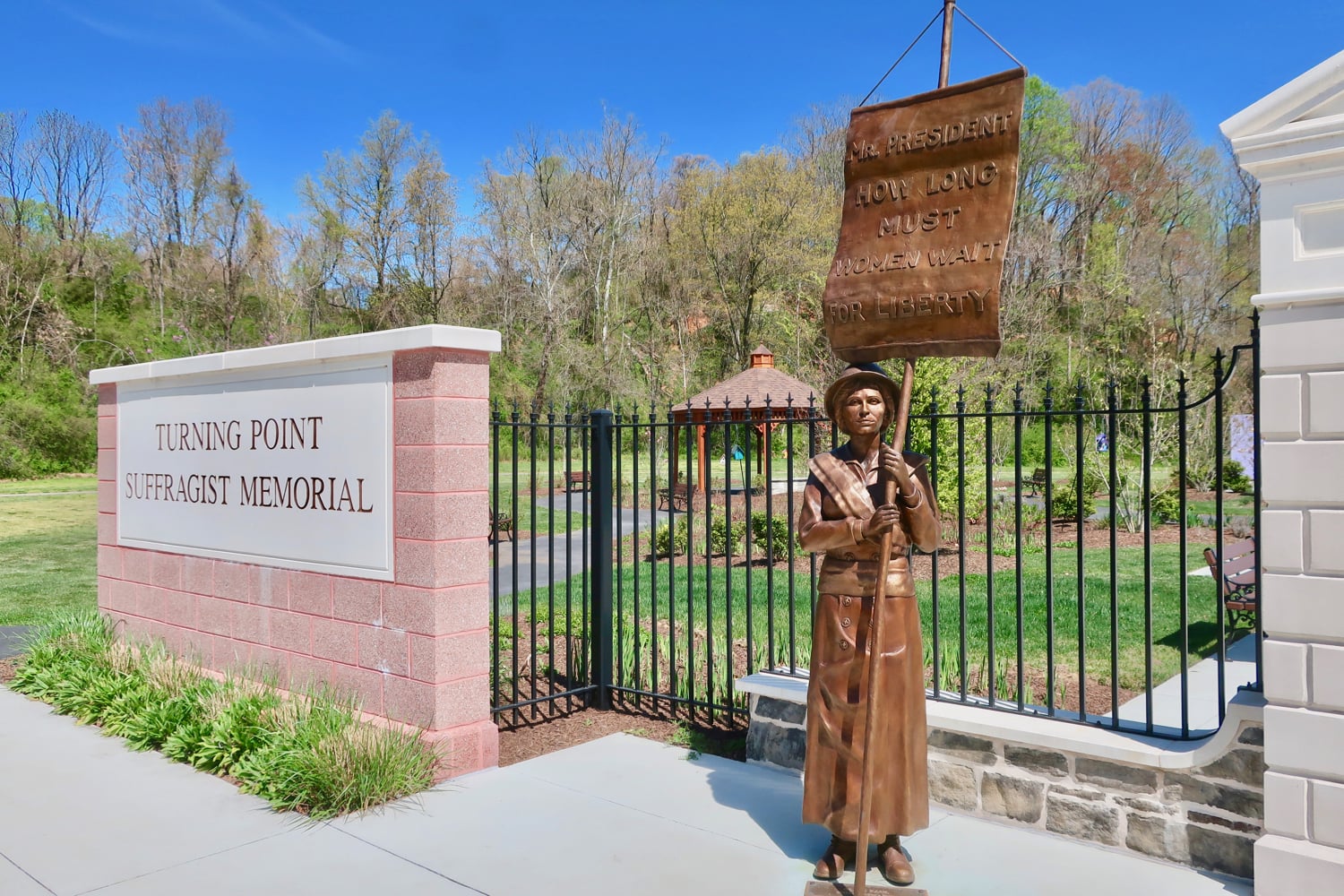
STOP: Turning Point Suffragist Memorial, Occoquan Regional Park, Lorton
Just a five minute drive from the Workhouse, where women’s rights activists were imprisoned, this 1.6 acre Turning Point Suffragist Memorial features the original White House gates that suffragists protested in front of in 1917, on loan from the National Park Service.
The only memorial to American Suffragists anywhere, it also includes 19 information panels depicting the heroes who fought for Women’s Rights, and a lovely landscaped meditation garden.
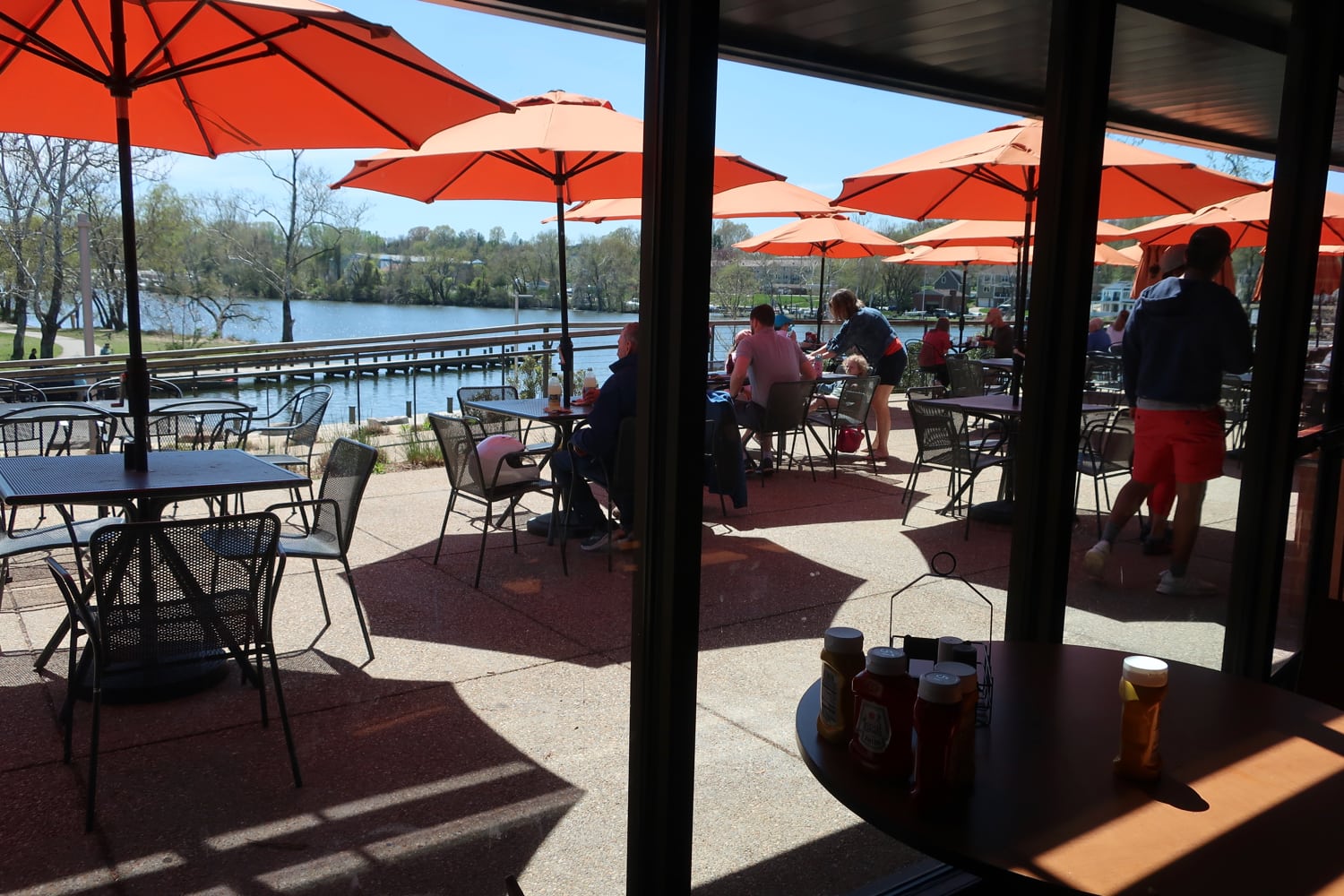
Drive down the hill where you’ll find The Brickhouse Café, named for the beehive brick kilns that used to line the riverfront here. The café serves fresh and delicious sandwiches and salads – made even more perfect with waterfront views.
TOUR: Frying Pan Farm Park, Herndon
Locals love the 135 acre Frying Pan Farm Park, which also features draft horses, pigs, sheep, peacocks and more, as a respite from the city. It’s a place to walk, see animal babies (or even, animals giving birth – just stay out of the “splash zone”), shop in the excellent Country Store, ride the antique carousel, explore the historic buildings, and learn how things were done around the farm in the early to mid 20th century.
“Farmers in Fairfax County VA were always multi-tasking, always Type-A,” says a docent/historian. “They were always on the cutting edge of technology. Being the best farmers they could be.” Open daily dawn to dusk, free.
Great Falls Park VA
GO: Great Falls Park
Managed by the National Park Service, the Great Falls are aptly named, both for the quality of vistas, and the danger of the cascading water for anyone attempting to navigate these Class V and VI rapids. (It’s not recommended, to say the least, by authorities).
There are three easily accessible overlooks, just a few minutes walk from the Visitor’s Center. I cannot emphasize enough how mesmerizing the view of volumes of whitewater surging over boulders can be at sunset. You’ll just have to see it yourself. Open daily 9-5.
WALK: Meadowlark Botanical Gardens, Vienna
Did you know that Prickly Pear Cactus is indigenous to Virginia’s Potomac Valley? You’ll discover that on a foray through the wetlands, bogs, ponds, children’s garden, and forests that are part of the NOVA (Northern Virginia) Park System – incredibly, just shy of 20 miles from the Washington Monument in DC.
In 1980, environmentalists Carolyn Ware and Gardiner Means donated 74 acres to NOVA as a Botanical Garden. Meadowlark has since grown to 97 acres.
Perhaps Meadowlark’s biggest draw these days is the new Korean Bell Garden, anchored by a three ton seven foot tall handcrafted Korean bell. Embellished with both Virginia and Korean symbols, it promotes peace and harmony from one country to another.
GO/MUSIC/DANCE: Wolf Trap National Park For the Performing Arts, Vienna
Wolf Trap is the only National Park devoted to the performing arts in the USA.
WANDER: A Planned Community: Reston, Tysons Corner, Mosaic in Fairfax County VA
Reston VA was from its inception in 1964 a Planned Community – taking its name from the initials of its developer, Robert E. Simon. Reston is the granddaddy of all that followed.
Tysons Corner, in McLean, encompasses high end residential, hotels, and retail, with a new Urbanspace Food Hall at Tysons Galleria, and fancy new cinema: CMX Cinebistro.
MOSAIC District
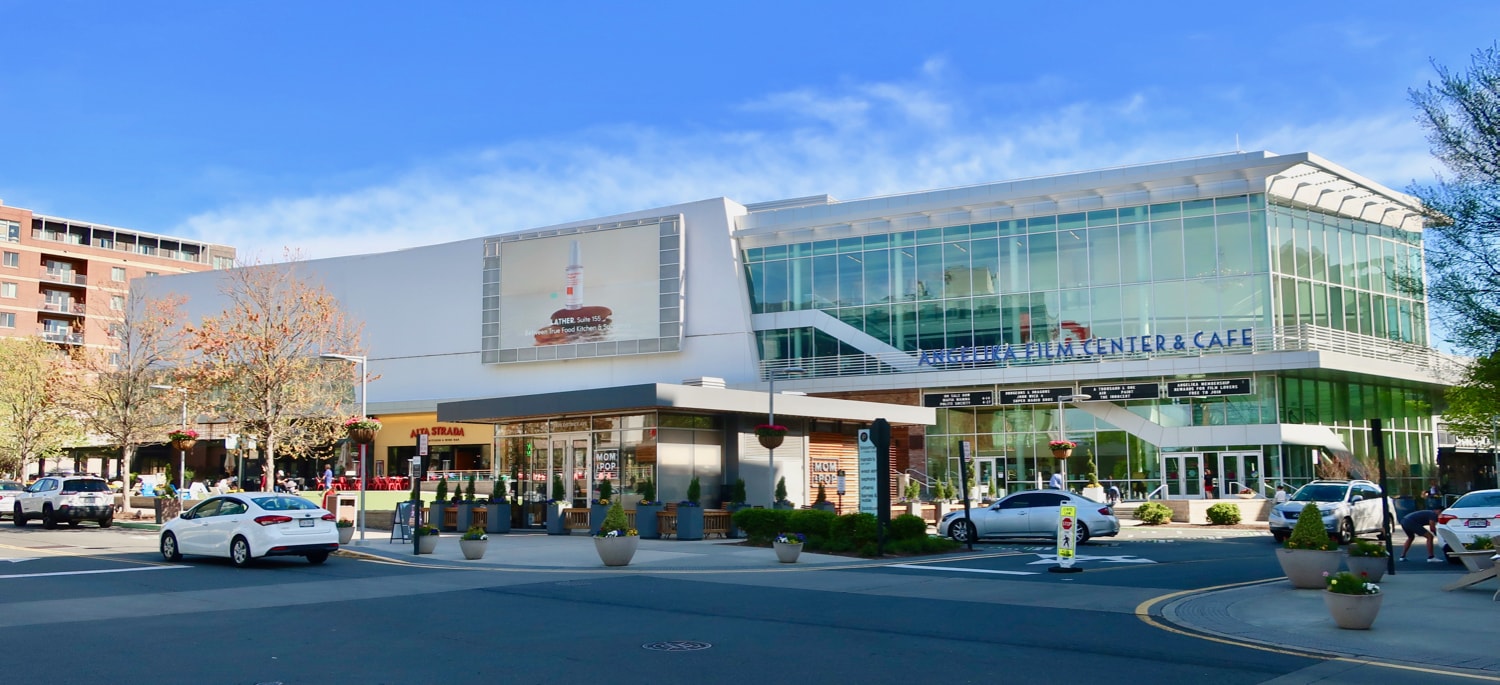
Mosaic, a very walkable “Urban Village,” is growing leaps and bounds around the Angelika Film Center and Café. Within its expanding boundaries, find Home Depot, a “next-gen” Barnes & Nobel, a Sundance store, Anthropology, a new Bloomie’s, and plenty of independent shops. Plus, great restaurants including Sisters Thai and Parc de Ville – a rooftop wine bar.
Where to Eat and Drink in Fairfax County
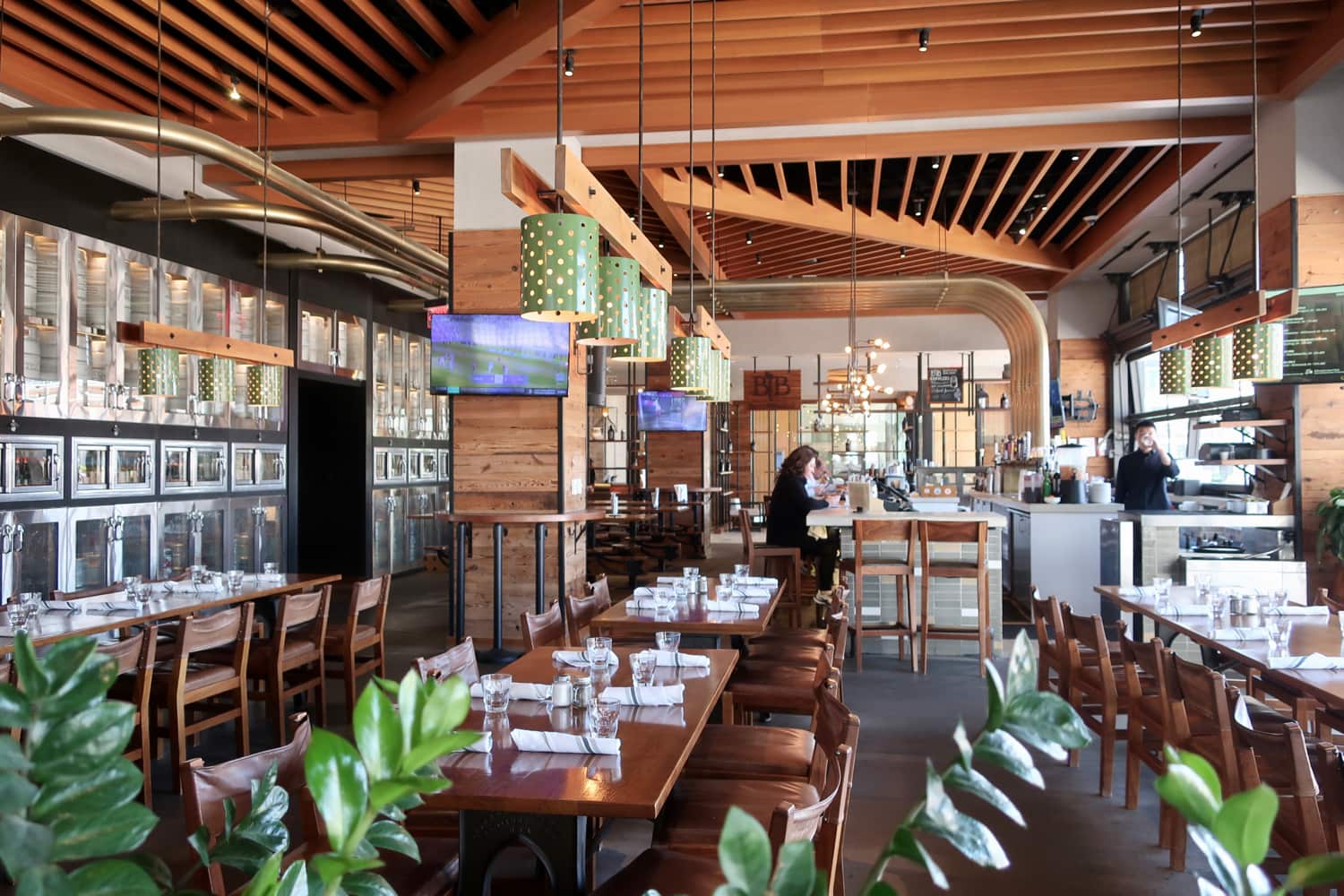
EAT: Barrel And Bushel, at Hyatt Regency, Tysons
Brew pubs are always a happy place. Especially when the food is great (signature, 72-hour Pork Belly), the beer is fresh, and the environment is funky cool. Barrel and Bushel is all that. How fresh is the beer? So fresh – it flows directly from casks and barrels through organ-pipe like tubes directly to 22 individual taps.
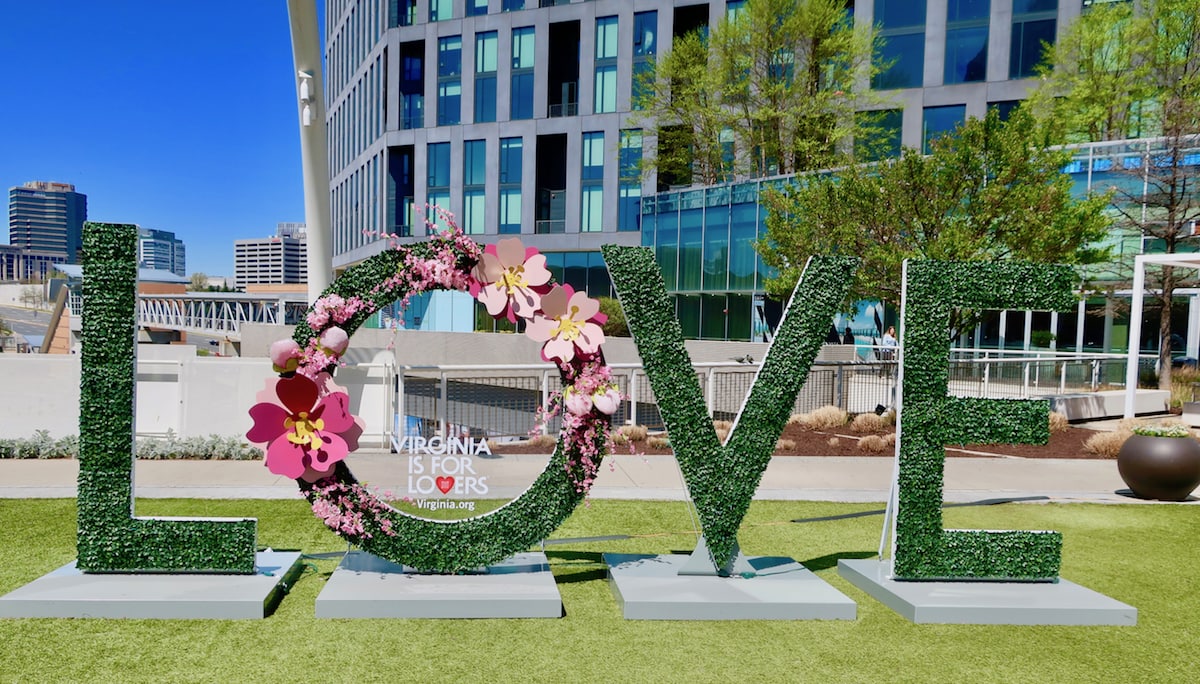
Right outside Barrel and Bushel, you’ll find a gathering area atop the shopping mall garage (seems to be a local theme), complete with Virginia’s LOVE sign, heaters in cool seasons, and places to sit or sprawl out.
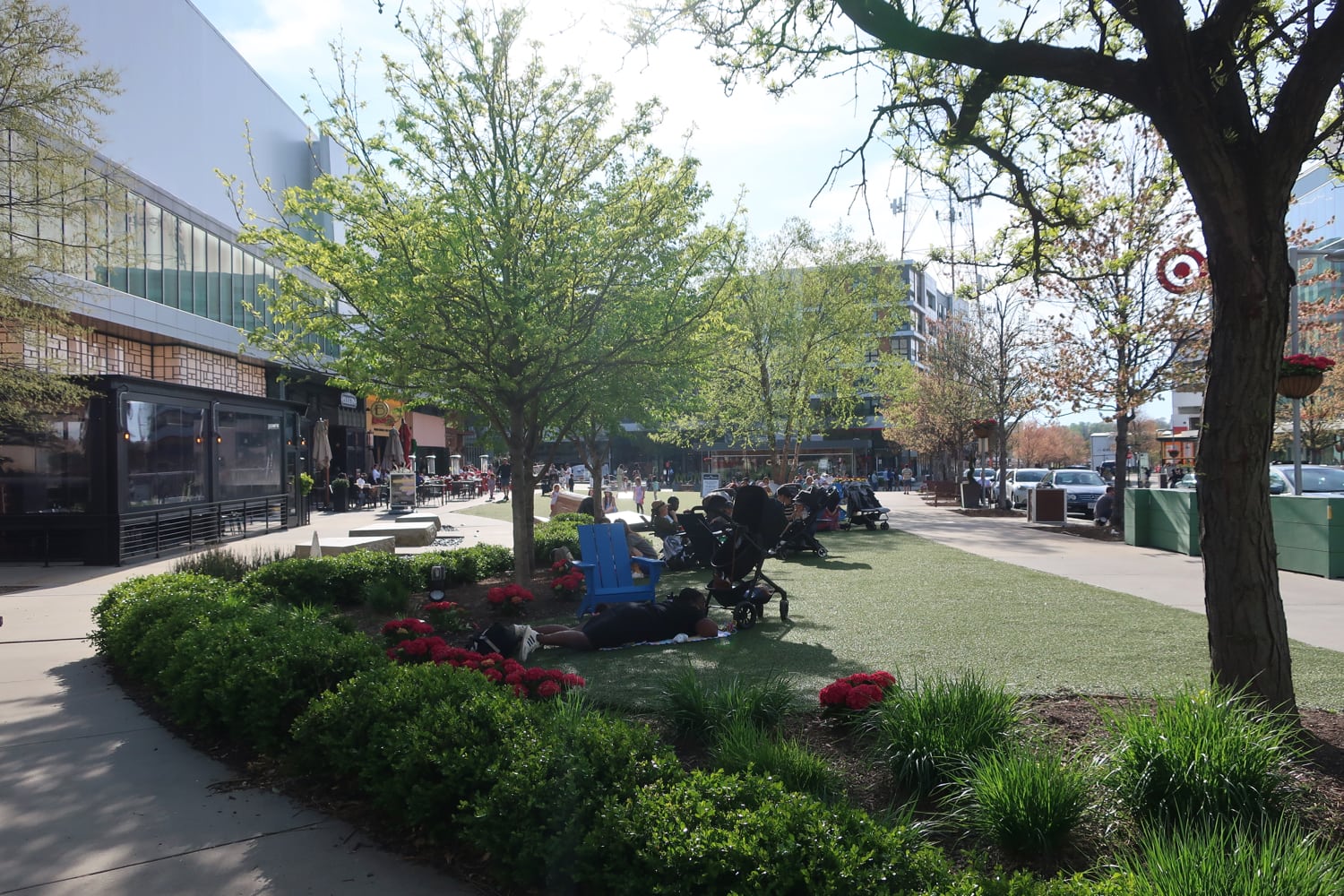
EAT: Kirby Club, Mosaic District
All you need are a bunch of Mediterranean dips, some piquant salads, and a heap of kebabs, and you’ve got yourself a party. That’s the thinking behind the Kirby Club, which urges you to “Imagine you’re sitting down to eat with your Lebanese Grandmother for the first time. Now, imagine we’re your Grandmother.” Whether you like beef, chicken, or veggies, join the “Club” and feast with your friends on this festive, fantastic food.
EAT: Red’s Table, Reston
Red’s a cute rustic-contemporary spot by a small lake, prides itself on fried chicken, Smokey Chicken Wings, salads, and other locally sourced American comfort food. Thanks to Reston natives Matthew, Patrick, and Ryan Tracy, dishes are down-home good, service great, and ambiance a breath of fresh air after a busy day.
EAT/TASTE: Caboose Brewing Co., Vienna
Caboose Brewing is so hot, it’s got valet parking. In confirming its slogan,”Good Beer, Thoughtful Food,” fans flock to Caboose not only for its freshly brewed beverages, but also for locally sourced small bites. A stop on the 45-mile Washington & Old Dominion Rail Trail (linking Arlington to Purcellville), Caboose is also a gathering place for cyclists.
EAT/SPORTS BAR: Glory Days Grill, Fairfax
Though there are now 30 locations, this was the first. And, with dozens of wall-mounted TV’s and private “Sports Select Speaker Box” at each table that syncs to each one, it’s an extreme a sports bar as you’ll ever find. Service is great – and food, for such a place with the usual salads, burgers, and chicken – is decent and reasonably priced.
EAT: Locals love
L’auberge Chez Francois in Great Falls – considered the best French restaurant in the DC area. And Sisters Thai in Mosaic for excellent, inexpensive Asian food.
Where to Stay in Fairfax County VA

STAY: Watermark Hotel, Tysons
Part of the Capital One Center outside of DC, the luxuriously cool and romantic boutique Watermark Hotel Tysons VA is a self-contained pleasure palace – especially if you’re fond of Japanese Street Food, semi-private Omakase dinners, mini-golf, rum drinks, craft beer garden, food trucks, and green roof decks. This place is so hot, and we love it so much, we’ve covered it in a separate post in this Watermark Hotel Tysons Review.
Most hotels in the area are large chains. Some of the most upscale, like the Ritz Carlton, can be found in Tyson’s Corner.
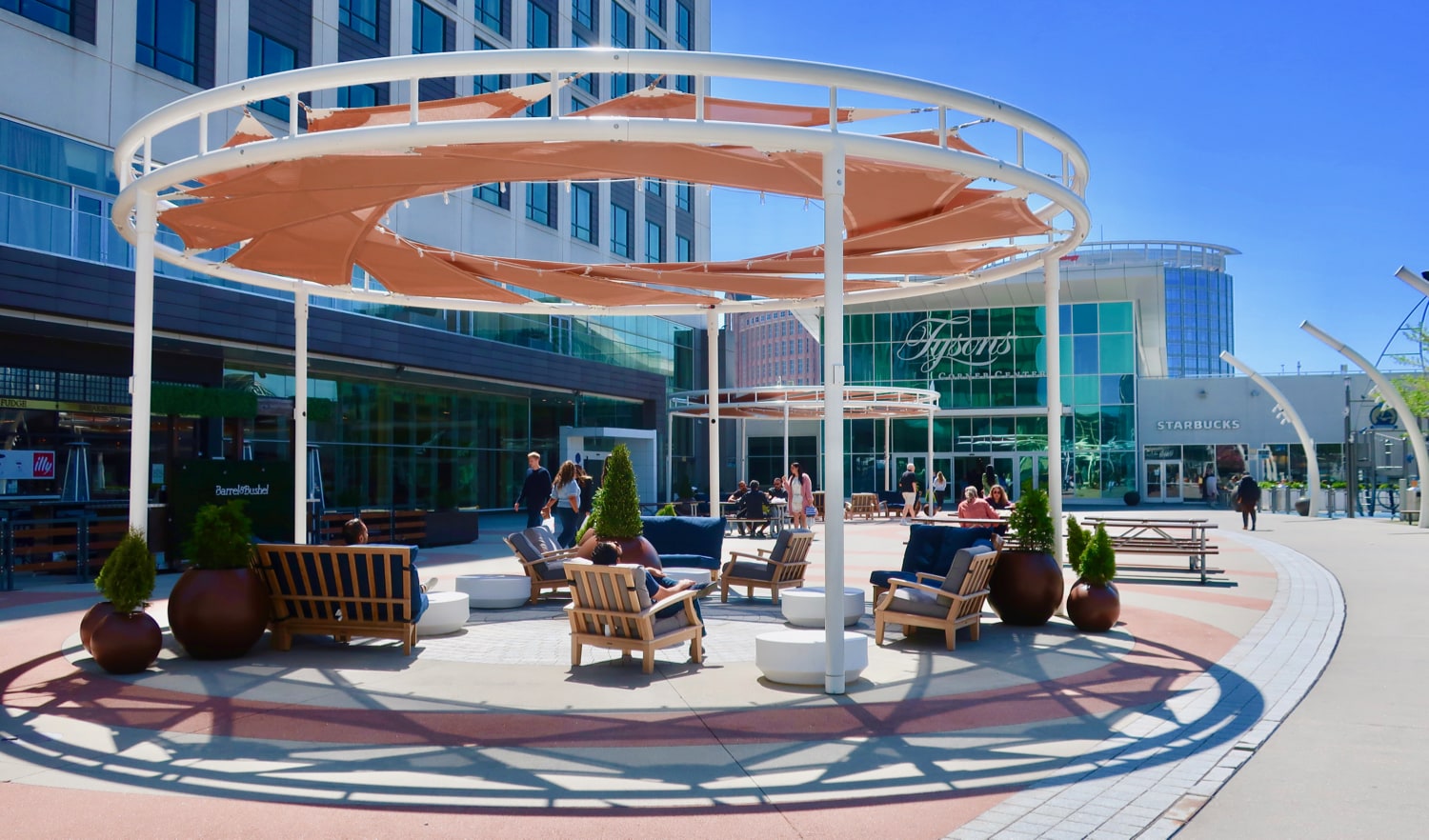
STAY: Hyatt Regency, Tyson’s Corner
As the Hyatt Regency Tysons anchors the upscale Tysons Center, it makes sense that its public areas nod to the fashion industry in creative ways. Yep – fashionistas will find comfort and upscale accomodations, plus the likes of Bloomie’s, Gucci, Louis Vuitton, and dozens more, right outside the door.
All articles belong to Getaway Mavens LLC, and all photos belong to us as well, unless otherwise noted. It’s all copyrighted. Please don’t repost anything elsewhere without asking us first. All rights reserved. This site uses cookies to enhance your experience.
We make no guarantees of any price listed on our site. We’re not responsible for content on external websites linked to ours, including linked resources, an external blog post, any partner site, hotel property sites, or affiliate sites. We only write about places we have vetted, but can’t guarantee that your experience will be exactly the same.
Posts may contain affiliate links at no cost to you. Several of our trips are also compensated by the respective tourism boards for the city or state we are visiting. This never impacts how we share the destination with you – opinions are always our own and we pride ourselves on that. We do not sell links or accept unsolicited guest posts under any circumstances. Don’t even ask.
United States Copyright, Getaway Mavens, LLC

